
Facial fillers have quickly risen to become one of the most requested cosmetic procedures in the US. Over three million facial filler treatments are performed each year, topping the charts for nonsurgical beauty solutions. But most people have no idea how many different types of fillers actually exist or how specialized they are for different problem areas. Choosing the wrong type can mean the difference between a subtle refresh and a look you regret.
Table of Contents
Quick Summary
| Takeaway | Explanation |
| Facial fillers restore volume and smooth wrinkles. | They are minimally invasive injectables that rejuvenate appearance quickly with little downtime. |
| Hyaluronic acid fillers provide immediate and reversible results. | These fillers attract moisture and offer natural-looking enhancements, lasting 6-18 months. |
| Calcium hydroxylapatite encourages collagen production. | This filler provides longer-lasting results by stimulating natural collagen, lasting up to 15 months. |
| Polylactic acid fillers provide gradual and long-term results. | They stimulate collagen regeneration over time, achieving natural rejuvenation that can last up to two years. |
| Consultation is essential for optimal filler selection. | A qualified professional determines the best filler type according to individual facial anatomy and aesthetic goals. |
1: Understanding Facial Fillers and Their Benefits
Facial fillers are advanced cosmetic treatments designed to restore volume, smooth wrinkles, and enhance facial contours without invasive surgical procedures. These injectable solutions have revolutionized aesthetic medicine by offering quick, minimally invasive options for individuals seeking to rejuvenate their appearance.
Modern facial fillers are primarily composed of hyaluronic acid, a naturally occurring substance in the human body that helps maintain skin hydration and volume. When strategically injected, these fillers can address multiple skin concerns with precision and minimal downtime. Our comprehensive guide on facial fillers provides deeper insights into these transformative treatments.
Key benefits of facial fillers include:
-
Immediate volume restoration in areas experiencing age-related volume loss
-
Wrinkle reduction by smoothing fine lines and deeper facial creases
-
Enhanced facial symmetry by subtly reshaping and balancing facial features
According to research from the American Society of Plastic Surgeons, facial fillers have shown remarkable safety profiles and patient satisfaction rates. The procedure typically takes 30-60 minutes, with results lasting between 6-18 months depending on the specific filler type and individual metabolic factors.
Patients considering facial fillers should understand that individual results can vary. Factors such as skin type, age, lifestyle, and overall health contribute to the effectiveness and longevity of the treatment. A personalized consultation with a qualified aesthetic professional is crucial for determining the most suitable filler approach for your unique facial structure and aesthetic goals.
2: Hyaluronic Acid Fillers: The Most Popular Choice
Hyaluronic acid fillers stand at the forefront of aesthetic treatments, offering versatile solutions for facial rejuvenation and volume enhancement. Renowned for their natural compatibility with human tissue, these fillers provide a safe and effective approach to addressing age-related volume loss and skin texture concerns.
As a naturally occurring substance in the human body, hyaluronic acid attracts and retains moisture, which makes it an exceptional dermal filler material. Our specialized guide on facial fillers explores the nuanced applications of these innovative treatments.
Key advantages of hyaluronic acid fillers include:
-
Immediate visual results with minimal recovery time
-
Reversible treatment through enzyme dissolution if patient is unsatisfied
-
Gradual, natural-looking improvements in facial contours
According to research published in the Clinical, Cosmetic and Investigational Dermatology journal, hyaluronic acid fillers demonstrate exceptional safety profiles with low risk of adverse reactions. Typical treatment areas include:
-
Lip augmentation
-
Cheek volume restoration
-
Nasolabial fold smoothing
-
Under-eye hollow correction
Patients should understand that results typically last between 6-18 months, depending on the specific product used and individual metabolic factors. Factors such as skin type, age, lifestyle, and treatment area significantly influence the filler’s longevity and effectiveness.
Quality hyaluronic acid fillers offer nuanced formulations that can address specific aesthetic goals, from subtle enhancement to more dramatic volume restoration. Consulting with a skilled aesthetic professional remains crucial in selecting the most appropriate hyaluronic acid filler for individual needs.
3: Calcium Hydroxylapatite: A Longer-Lasting Option
Calcium hydroxylapatite (CaHA) represents a sophisticated facial filler option that goes beyond traditional volumizing treatments. Composed of microscopic calcium particles suspended in a gel-like solution, this filler offers unique benefits for patients seeking more substantial and longer-lasting facial rejuvenation.
Unlike traditional hyaluronic acid fillers, calcium hydroxylapatite stimulates the body’s natural collagen production, providing a dual-action approach to facial enhancement. Learn more about advanced filler techniques to understand the nuanced applications of this innovative treatment.
Key characteristics of calcium hydroxylapatite fillers include:
-
Extended longevity with results lasting up to 15 months
-
Natural collagen stimulation beyond immediate volumizing effects
-
Smoother, more integrated facial contours
According to research published in the Dermatologic Surgery journal, calcium hydroxylapatite demonstrates exceptional biocompatibility and safety. The filler is particularly effective in addressing:
-
Deep facial wrinkles
-
Substantial volume loss in cheek areas
-
Facial contour enhancement
-
Hand rejuvenation treatments
Patients seeking more dramatic and sustained results find calcium hydroxylapatite an attractive alternative to shorter-lasting dermal fillers. The treatment works by not just filling immediate volume deficits but by encouraging long-term skin structural improvements.
While calcium hydroxylapatite offers remarkable benefits, individual responses can vary. Factors such as age, skin condition, and overall health play crucial roles in treatment outcomes. A personalized consultation with a skilled aesthetic professional remains essential in determining the most appropriate facial rejuvenation strategy.
4: Polylactic Acid Fillers: Stimulate Collagen Production
Polylactic acid (PLA) fillers represent a groundbreaking approach to facial rejuvenation, distinguished by their unique ability to stimulate the body’s natural collagen production. Unlike traditional fillers that provide immediate volume, PLA works gradually to rebuild skin structure from within, offering a more sustainable and long-term aesthetic solution.
Explore our comprehensive guide to advanced filler techniques for deeper insights into this innovative treatment approach. Synthetic and biodegradable, polylactic acid fillers are engineered to trigger the body’s natural healing mechanisms, creating subtle yet significant improvements in skin texture and volume.
Key characteristics of polylactic acid fillers include:
-
Gradual collagen regeneration over several months
-
Long-lasting results extending up to two years
-
Natural-looking facial rejuvenation
According to research published in the Aesthetic Surgery Journal, polylactic acid fillers demonstrate exceptional biocompatibility and effectiveness in addressing age-related volume loss. The treatment is particularly beneficial for:
-
Deep facial wrinkles
-
Skin laxity in cheek areas
-
Overall facial volume restoration
-
Addressing age-related facial fat loss
Patient expectations are crucial with PLA fillers. Unlike immediate-effect treatments, these fillers require patience, with optimal results typically emerging 4-6 weeks after the initial treatment. The gradual nature of collagen stimulation means patients experience progressive, natural-looking improvements.
Professional consultation remains essential in determining whether polylactic acid fillers align with individual aesthetic goals. Factors such as skin condition, age, and overall health significantly influence treatment outcomes. Patients seeking subtle, long-term facial rejuvenation find PLA fillers an attractive alternative to more traditional volumizing approaches.
5: Choosing the Right Filler for Different Face Areas
Selecting the appropriate facial filler requires a nuanced understanding of each facial region’s unique characteristics and volumetric needs. Different facial areas demand specialized approaches to achieve natural-looking, harmonious results. Our comprehensive filler guide provides deeper insights into tailored treatment strategies.
Each facial zone presents distinct challenges and requirements for optimal filler selection. Aesthetic professionals carefully evaluate skin thickness, muscle movement, and underlying bone structure when recommending specific filler types.
Key considerations for area-specific filler selection include:
-
Lip augmentation requires softer, more malleable fillers
-
Cheek volume restoration benefits from robust, structure-providing fillers
-
Under-eye hollows demand extremely smooth, lightweight formulations
According to research published in the Journal of Cosmetic Dermatology, strategic filler placement can significantly enhance facial symmetry and youthful appearance. Recommended filler approaches for specific facial regions include:
-
Hyaluronic acid for lip and fine line treatments
-
Calcium hydroxylapatite for deeper facial wrinkles
-
Polylactic acid for overall facial volume restoration
Facial anatomy plays a crucial role in determining the most appropriate filler type. Factors such as skin elasticity, age, and individual facial structure significantly influence treatment outcomes. Thinner skin areas like under the eyes require more delicate, lightweight fillers, while areas with more robust underlying structure like cheeks can accommodate denser formulations.
Patients should understand that no universal filler exists for all facial areas. A personalized consultation with a skilled aesthetic professional remains essential in developing a tailored approach that addresses individual aesthetic goals and unique facial characteristics.
6: What to Expect During Your Filler Appointment
Preparing for a facial filler appointment requires understanding the comprehensive process and setting realistic expectations. The journey begins with an initial consultation designed to assess individual aesthetic goals and determine the most appropriate treatment strategy. Learn more about our personalized aesthetic consultations to understand the detailed preparation process.
A typical filler appointment involves several critical stages that ensure patient safety and optimal results:
-
Comprehensive facial assessment
-
Detailed medical history review
-
Customized treatment planning
-
Precise injection technique
According to research published in the Aesthetic Surgery Journal, professional preparation significantly influences treatment outcomes. Patients should anticipate:
-
30-60 minute total appointment duration
-
Minimal discomfort during the procedure
-
Potential temporary swelling or bruising
-
Immediate visible improvements
Patients must disclose complete medical history, including medications, allergies, and previous cosmetic treatments. Certain medications like blood thinners might require temporary discontinuation before the procedure. Practitioners typically recommend avoiding alcohol, aspirin, and intense physical activity 24-48 hours before and after treatment.
The actual injection process involves strategic placement of filler using ultra-fine needles. Topical numbing agents are frequently applied to minimize discomfort. Most patients describe the experience as mild, with some reporting slight pressure or pinching sensations during injection.
Post-treatment care is crucial. Patients should expect minor side effects like slight swelling or bruising, which typically resolve within several days. Following the practitioner’s specific aftercare instructions ensures optimal healing and results.
7: Aftercare Tips for Optimal Results
Successful facial filler outcomes extend far beyond the initial treatment, requiring strategic post-procedure care to maximize results and minimize potential complications. Explore our comprehensive aftercare guidelines for detailed professional recommendations.
Immediate post-treatment considerations are crucial for ensuring optimal healing and aesthetic outcomes. Patients must understand that proper aftercare significantly influences their final results.
Key immediate aftercare recommendations include:
-
Avoid touching or massaging treated areas
-
Stay hydrated with water
-
Minimize direct sunlight exposure
-
Postpone intense physical activities for 24-48 hours
According to research published in the Journal of Cosmetic Dermatology, professional aftercare dramatically reduces potential side effects and enhances treatment longevity. Specific guidelines patients should follow encompass:
-
Use cold compresses to reduce potential swelling
-
Sleep with an elevated head position
-
Apply recommended skincare products
-
Monitor injection sites for unusual reactions
Lifestyle factors play a significant role in maintaining filler results. Patients should prioritize overall skin health through proper hydration, balanced nutrition, and consistent skincare routines. Protecting skin from excessive sun exposure and maintaining a healthy lifestyle can extend the duration and quality of filler treatments.
Long-term maintenance involves periodic follow-up consultations and potential touch-up treatments. While individual results vary, most patients can expect optimal filler outcomes lasting 6-18 months, depending on the specific product used and individual metabolic factors.
Professional guidance remains essential throughout the post-treatment period. Any unexpected swelling, prolonged discomfort, or aesthetic concerns should be immediately discussed with the treating aesthetic professional.
Below is a comprehensive table summarizing the main facial filler options, key benefits, treatment steps, and essential aftercare from the article for quick reference.
| Topic | Key Points / Benefits | Duration / Outcome |
| Hyaluronic Acid Fillers | Most popular; natural compatibility; attract moisture; reversible; immediate results | 6-18 months |
| Calcium Hydroxylapatite | Stimulates natural collagen; longer-lasting; biocompatible; ideal for deep wrinkles and cheek volume | Up to 15 months |
| Polylactic Acid Fillers | Stimulates collagen gradually; subtle, long-term improvements; biodegradable; ideal for facial volume | Up to 2 years |
| Area-Specific Filler Choice | Lips: softer fillers; Cheeks: denser fillers; Under eyes: lightweight fillers | Depends on chosen filler |
| Filler Appointment Experience | 30-60 minutes; thorough assessment; topical numbing; precise injection; minimal downtime | Immediate visible improvements |
| Aftercare Essentials | Avoid touching areas; hydrate; use cold compress; limit sun/activity; sleep elevated | Reduces side effects, improves results |
| Consultation and Personalization | In-depth evaluation by professional; tailored plan based on goals, facial structure, and skin type | Ensures optimal, natural results |
Reveal Your Youthful Radiance with Expert Facial Fillers
Do you feel frustrated by stubborn wrinkles or loss of facial volume even after trying countless skincare routines? As you discovered in our article on the top facial filler options, choosing the right treatment and getting a personalized plan makes all the difference when it comes to restoring youthful skin. At The Injection Room, we understand how overwhelming all the choices can feel. Our skilled team uses advanced fillers like hyaluronic acid and calcium hydroxylapatite and tailors every treatment to your unique facial anatomy and goals.
Ready to experience natural-looking results and feel more confident every time you look in the mirror? Book a custom consultation at The Injection Room and take the first step toward smoother skin and balanced facial contours. Learn more about our expert skincare solutions or find a perfect gift for a loved one with our gift cards. Spots fill quickly, so schedule your visit today and unlock your best skin.
Frequently Asked Questions
What are facial fillers and how do they work?
Facial fillers are injectable treatments designed to restore volume, smooth wrinkles, and enhance facial contours. They primarily contain substances like hyaluronic acid that attract moisture to the skin, providing a rejuvenated appearance with minimal downtime.
How long do the results of facial fillers last?
The results of facial fillers can last anywhere from 6 to 18 months, depending on the type of filler used, as well as individual factors such as skin type, age, and lifestyle.
What are the differences between hyaluronic acid and polymethyl methacrylate fillers?
Hyaluronic acid fillers provide immediate volume and can be reversed if needed, while polylactic acid fillers stimulate collagen production gradually, offering longer-lasting results that develop over months.
What should I expect during a facial filler appointment?
During a facial filler appointment, you can expect a comprehensive assessment, detailed medical history review, customized treatment planning, and the injection process itself, which typically takes 30-60 minutes with minimal discomfort.






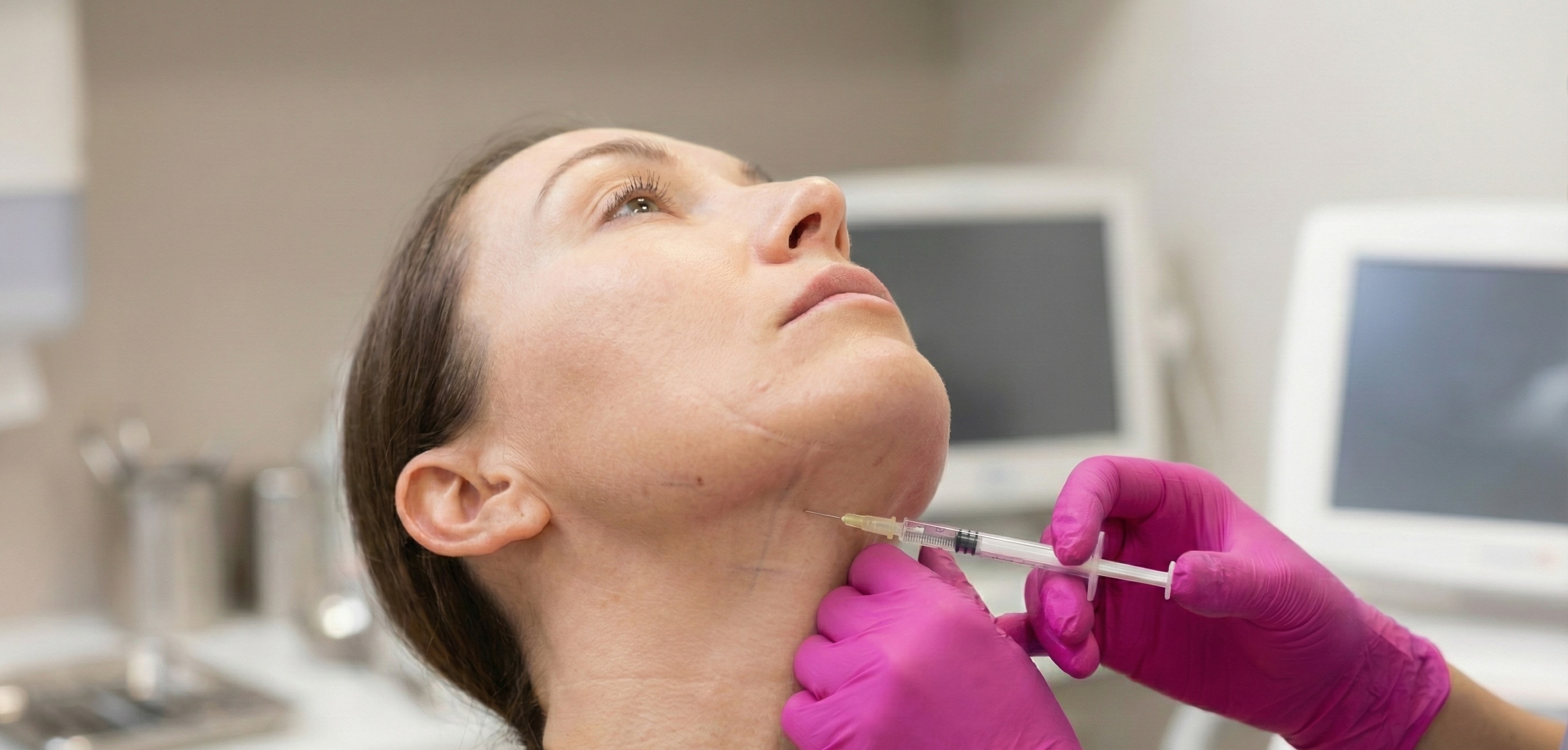

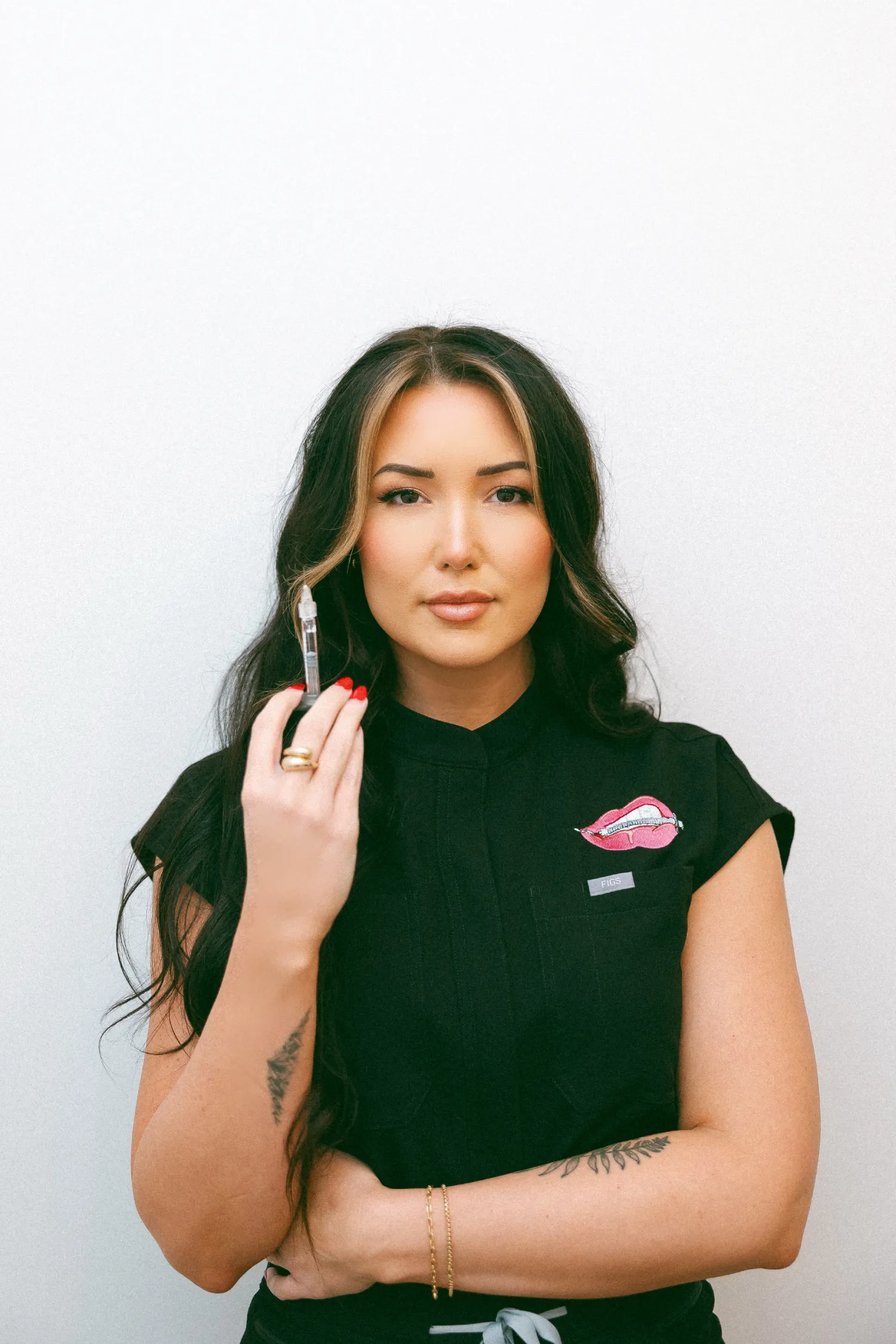
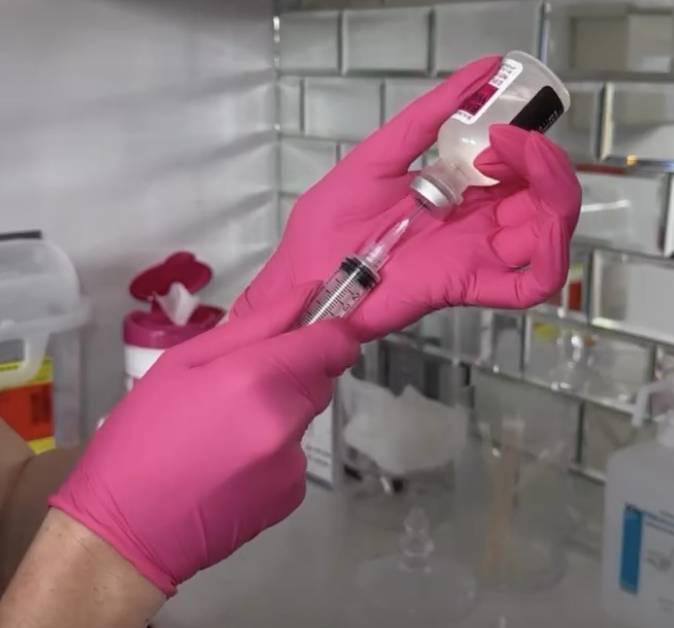


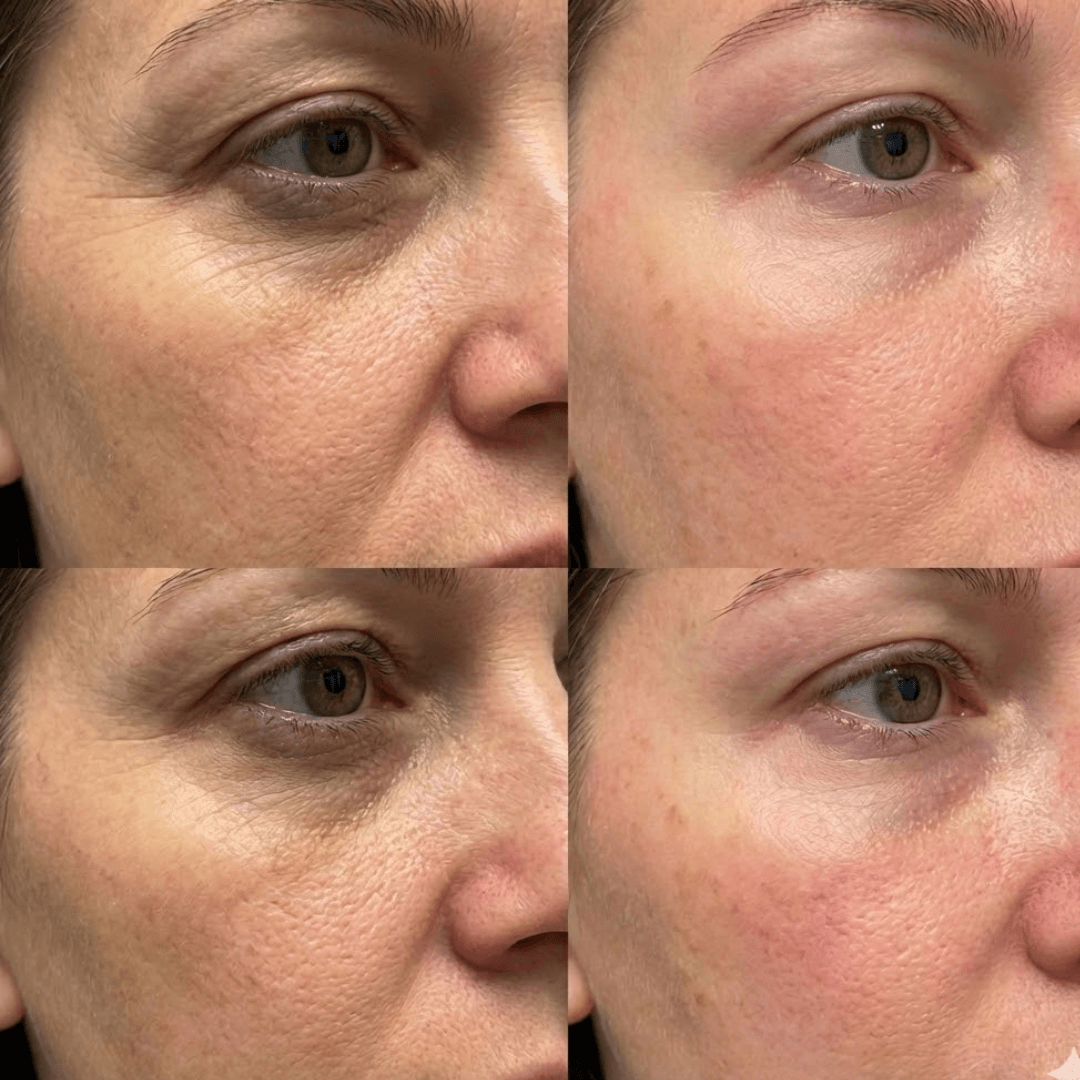
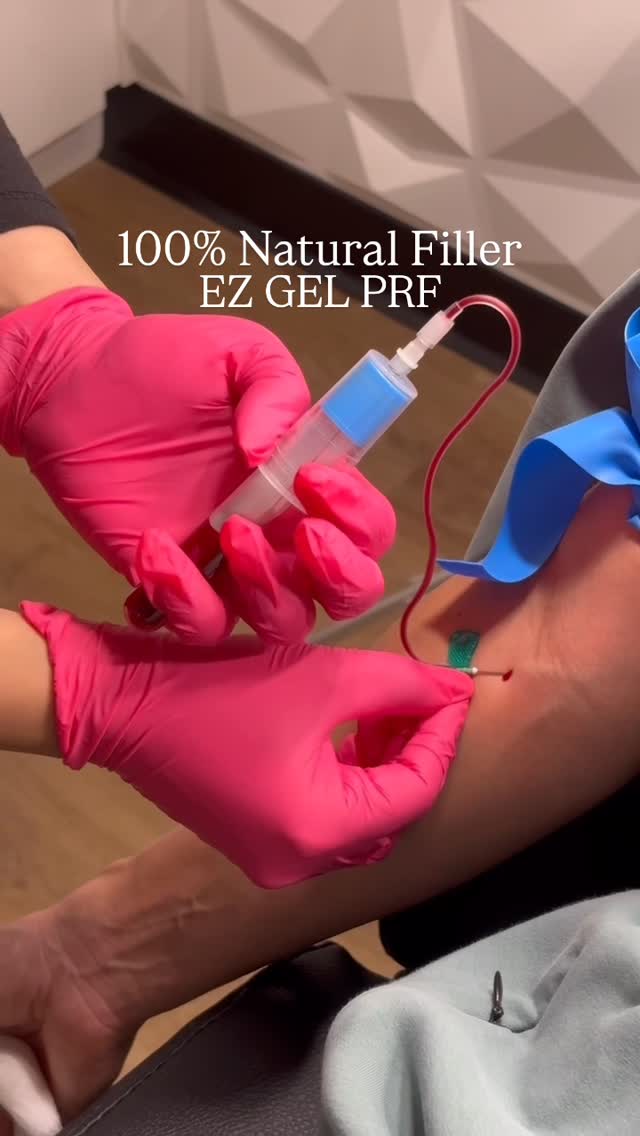
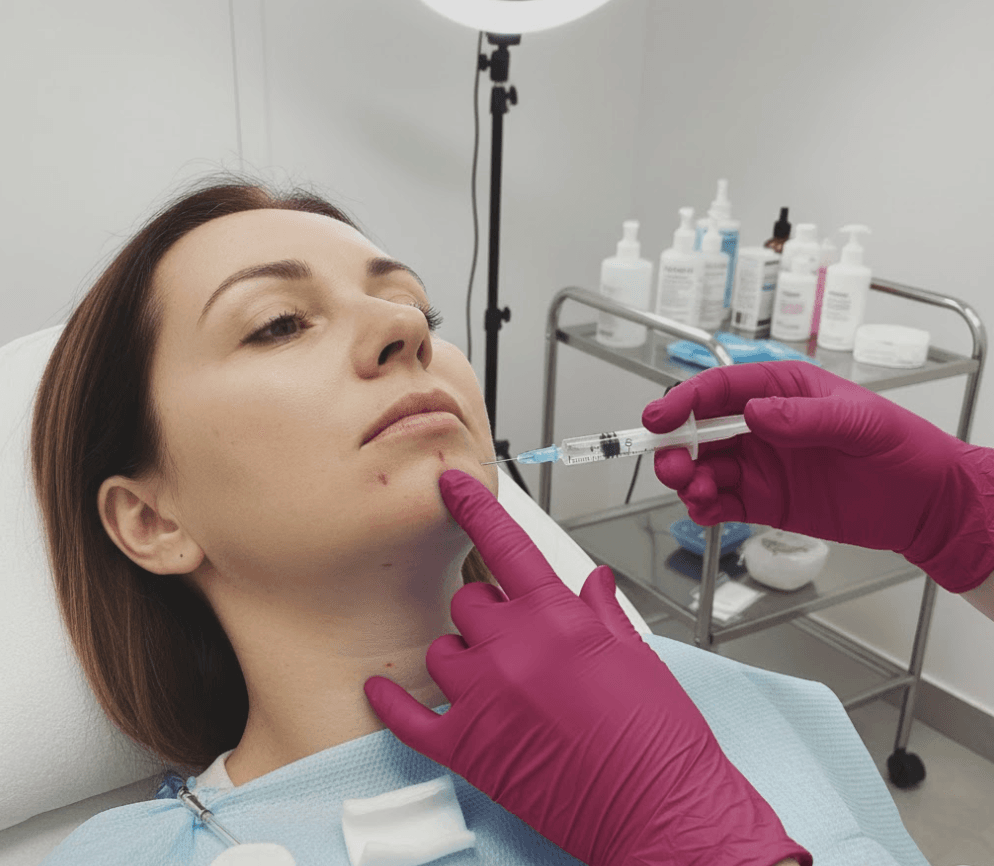
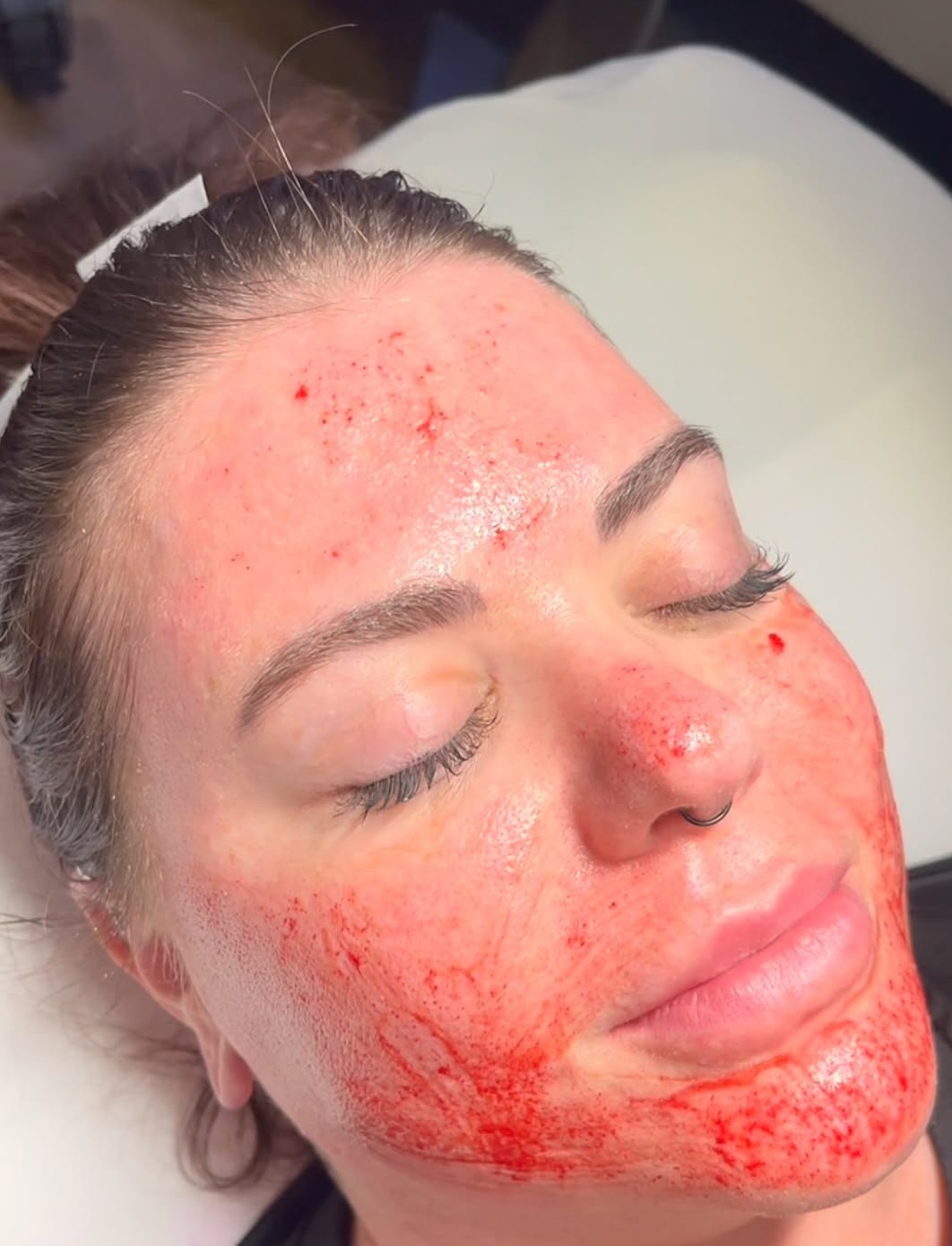
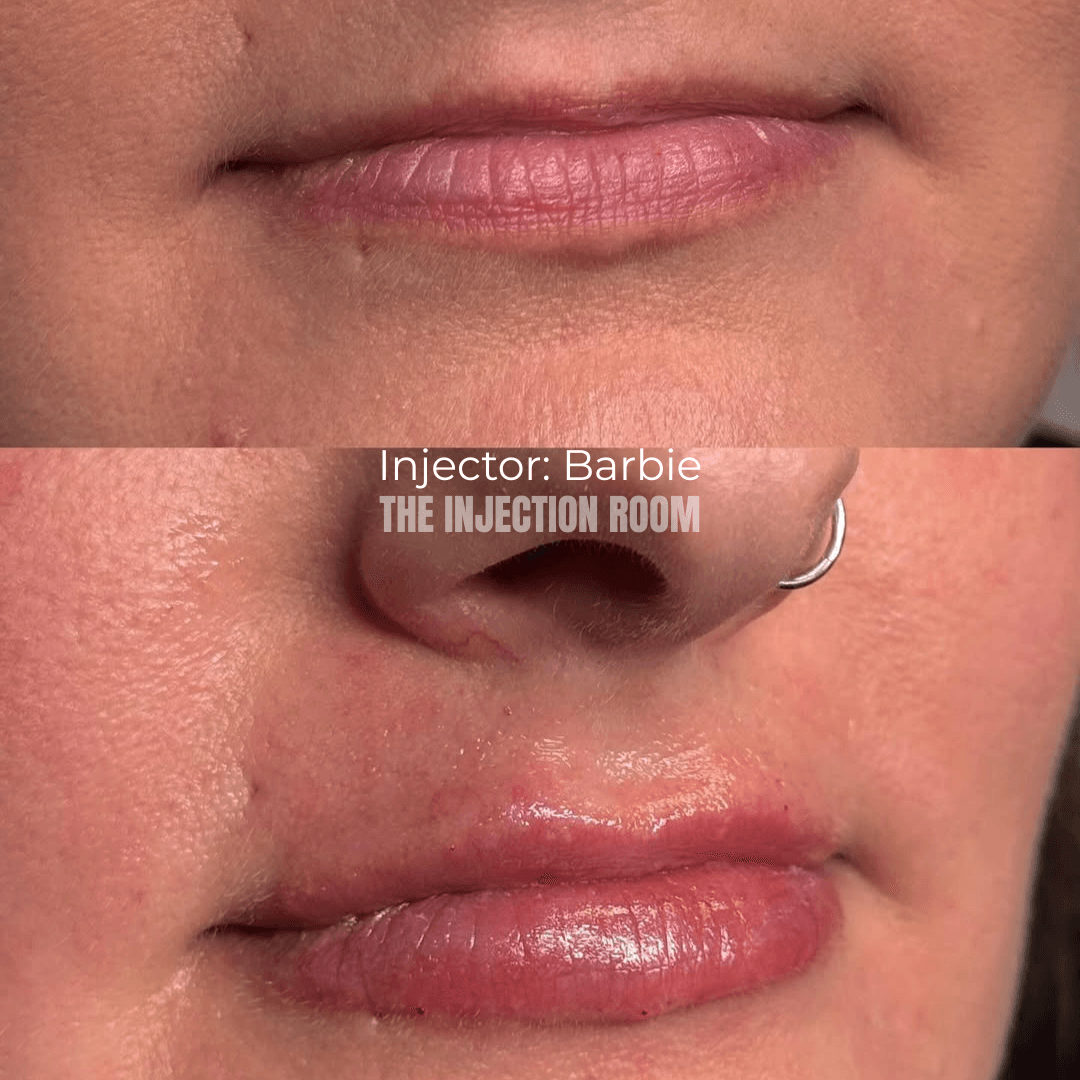

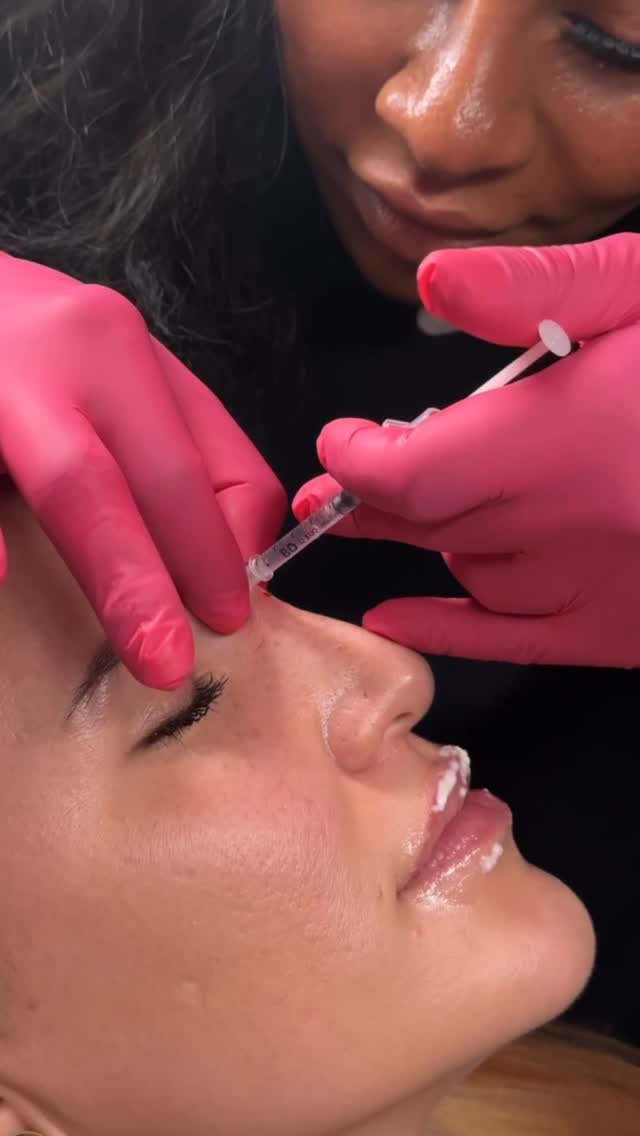
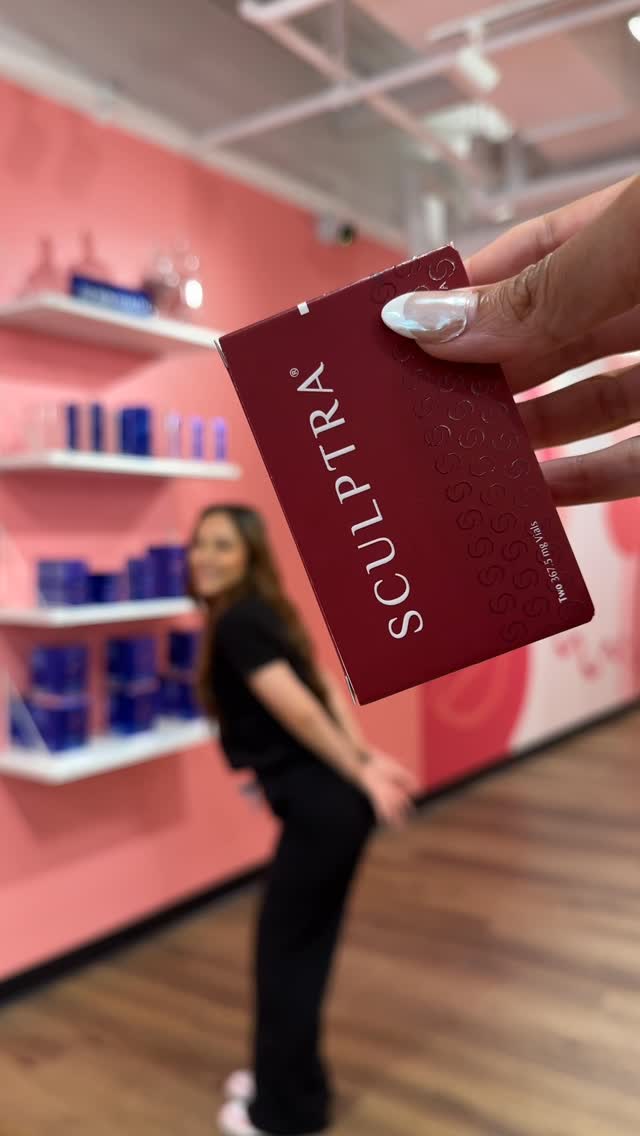

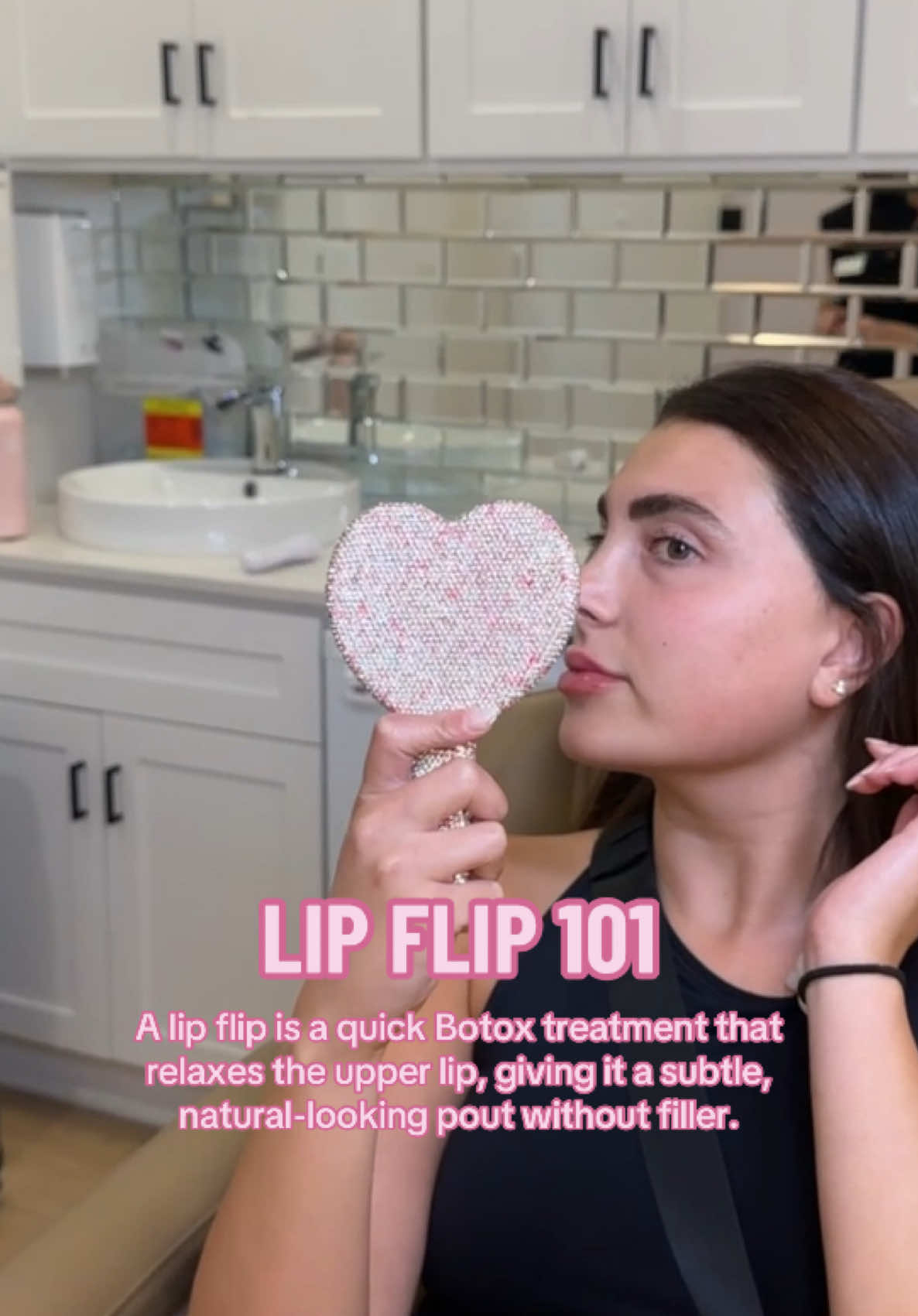




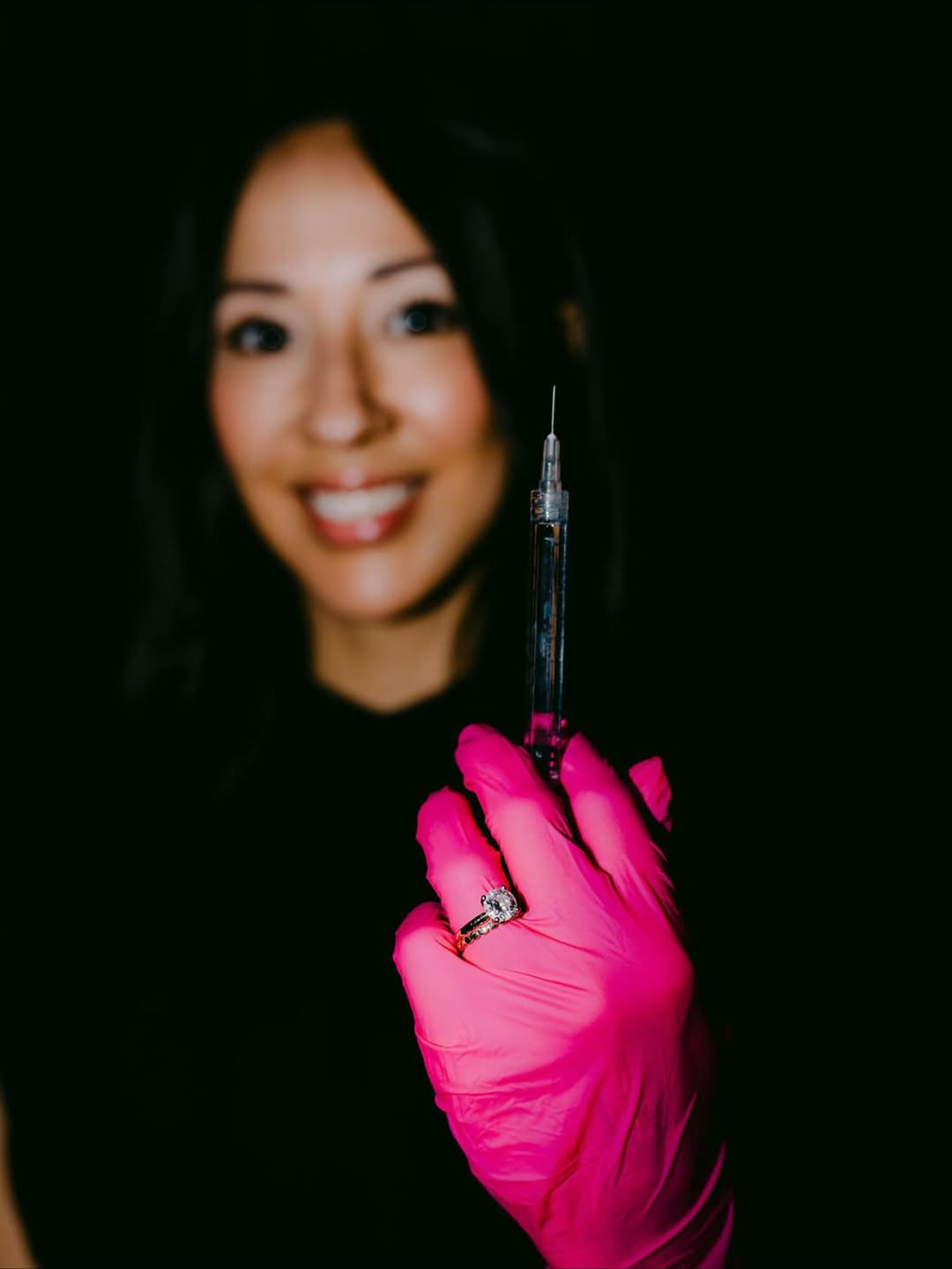
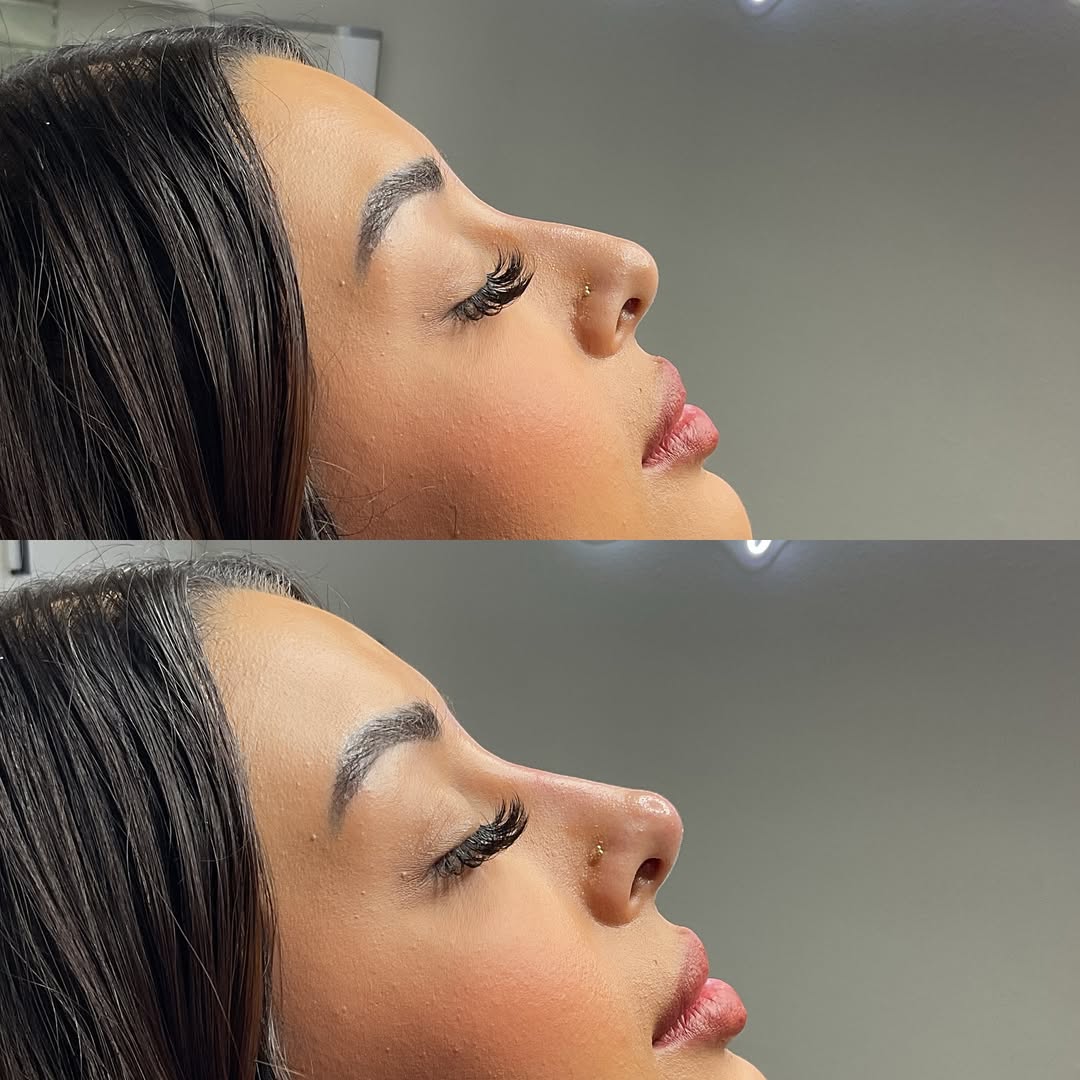


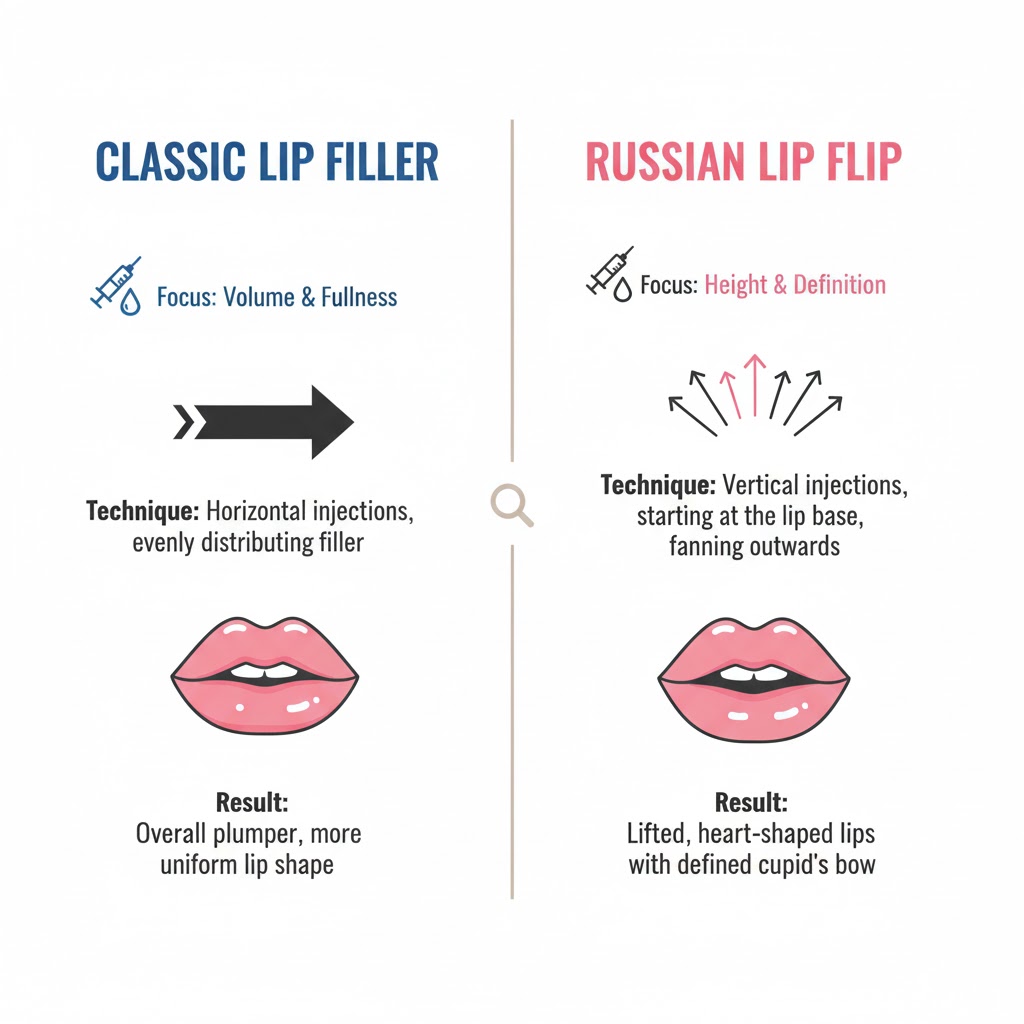
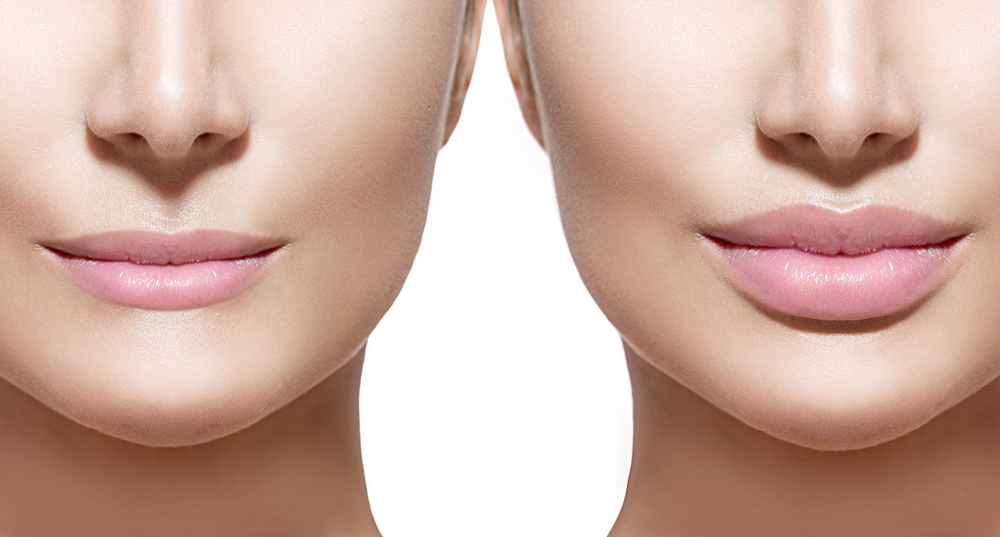
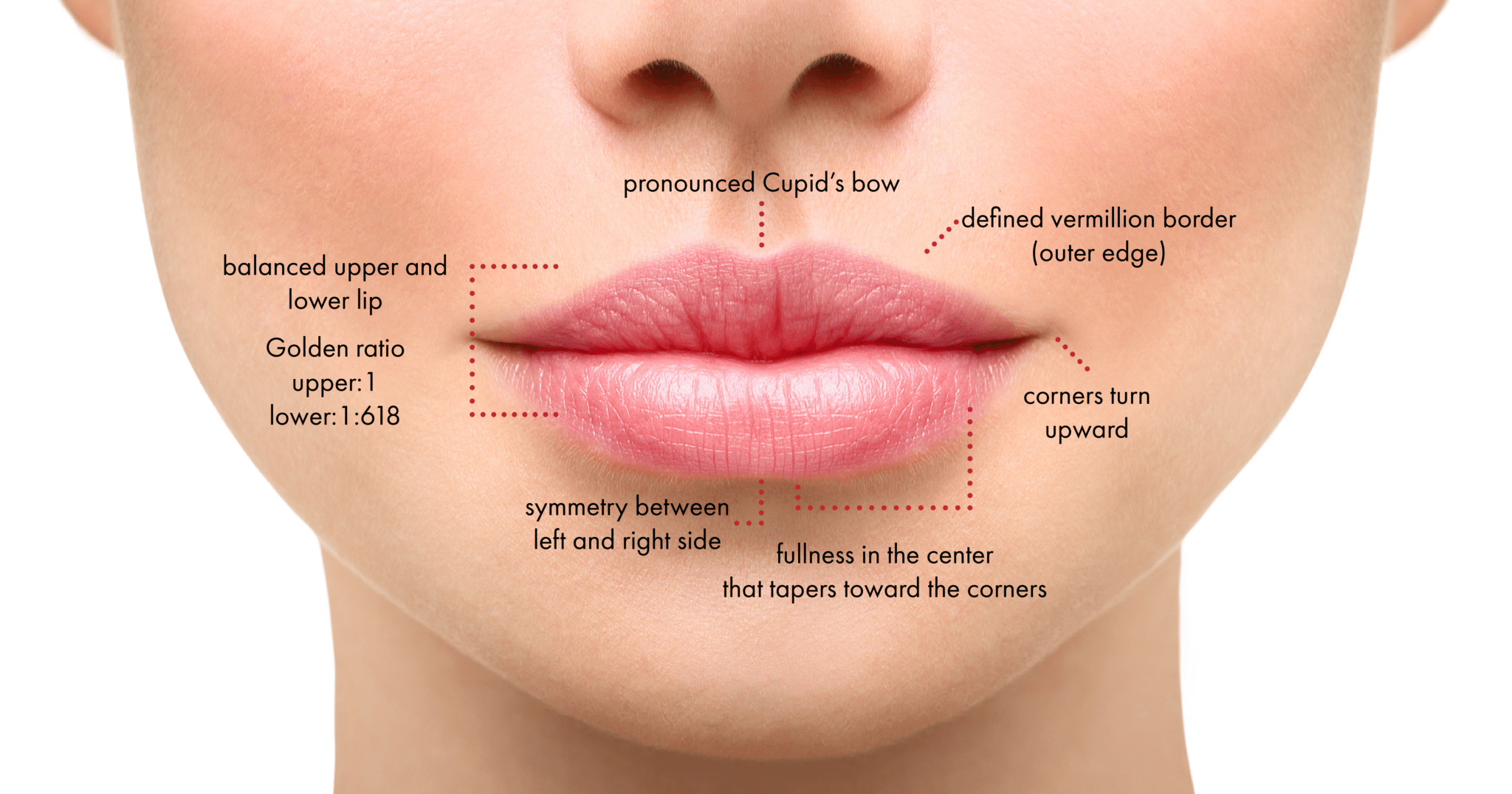
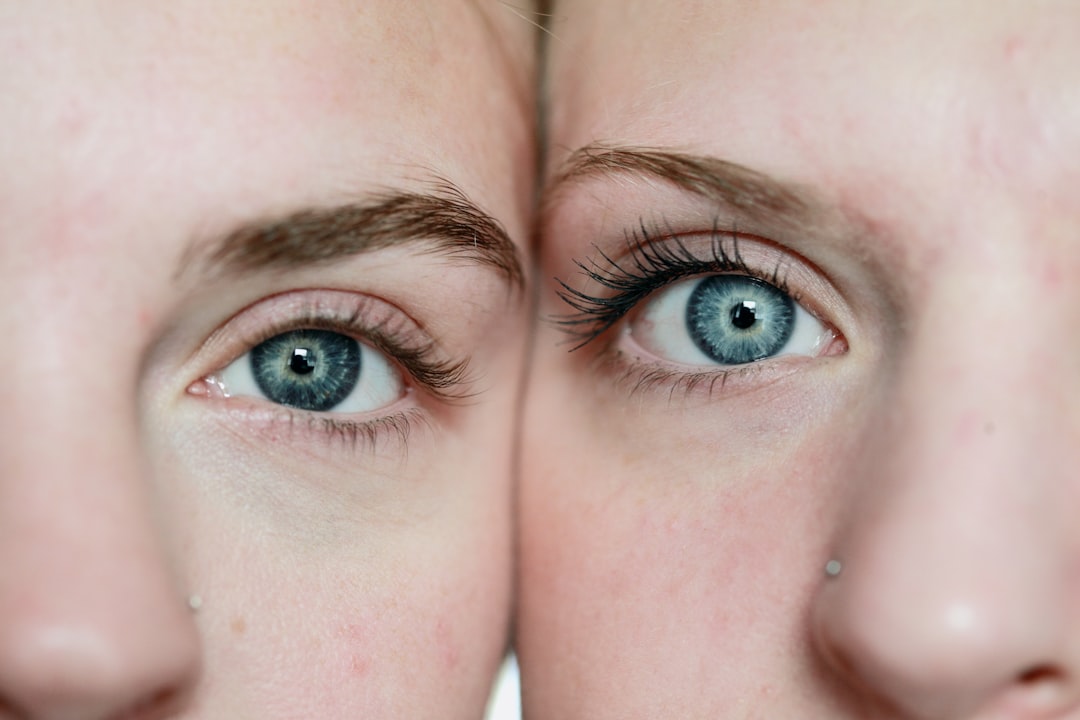
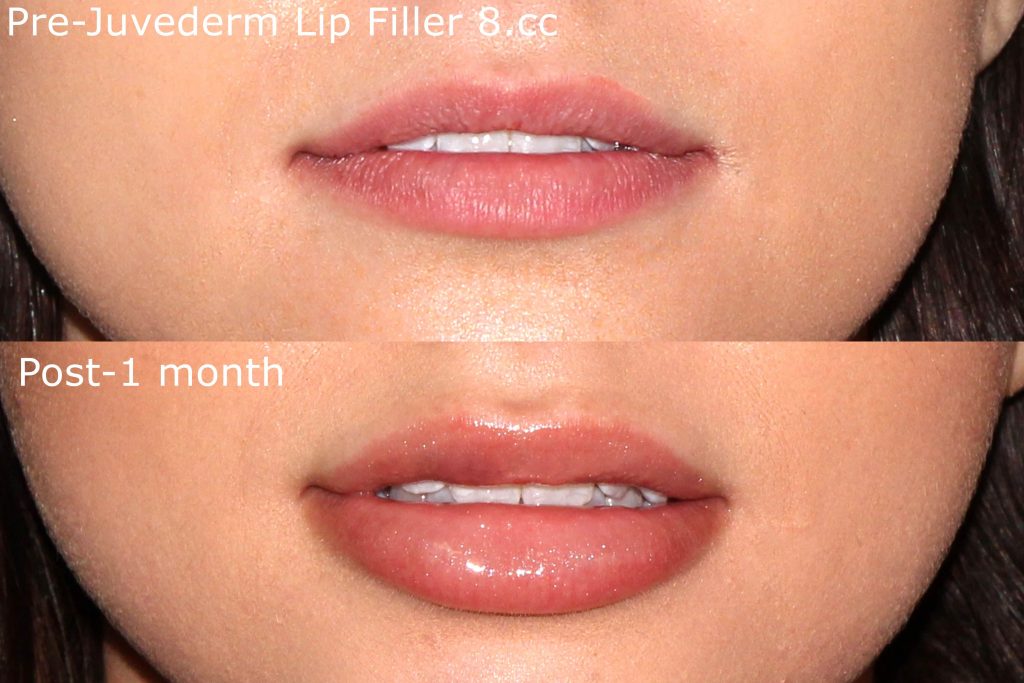
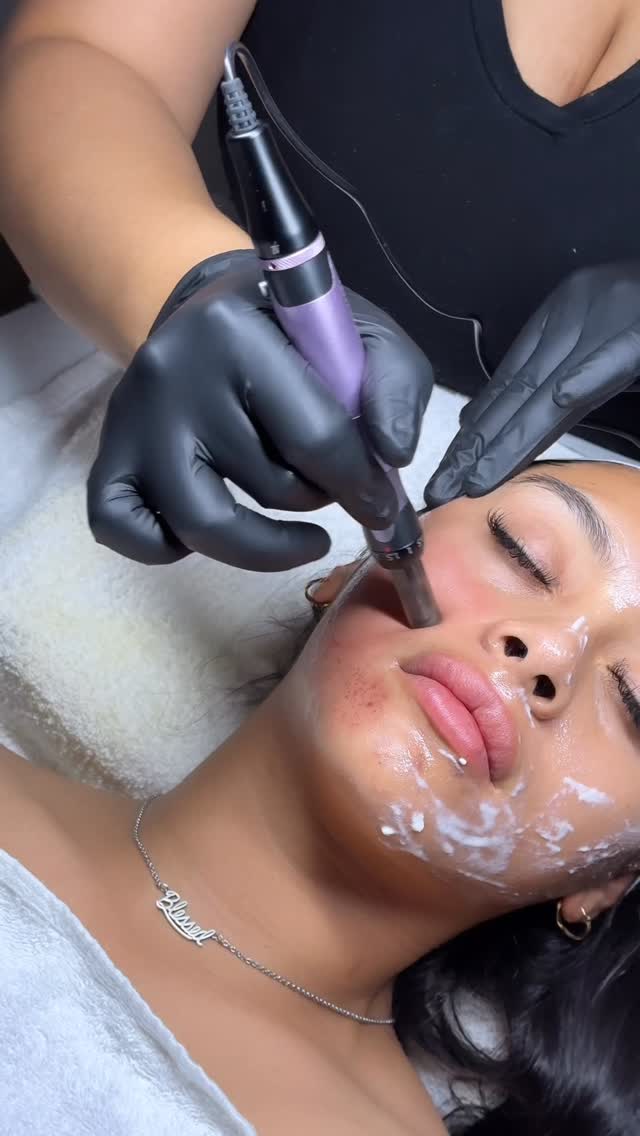
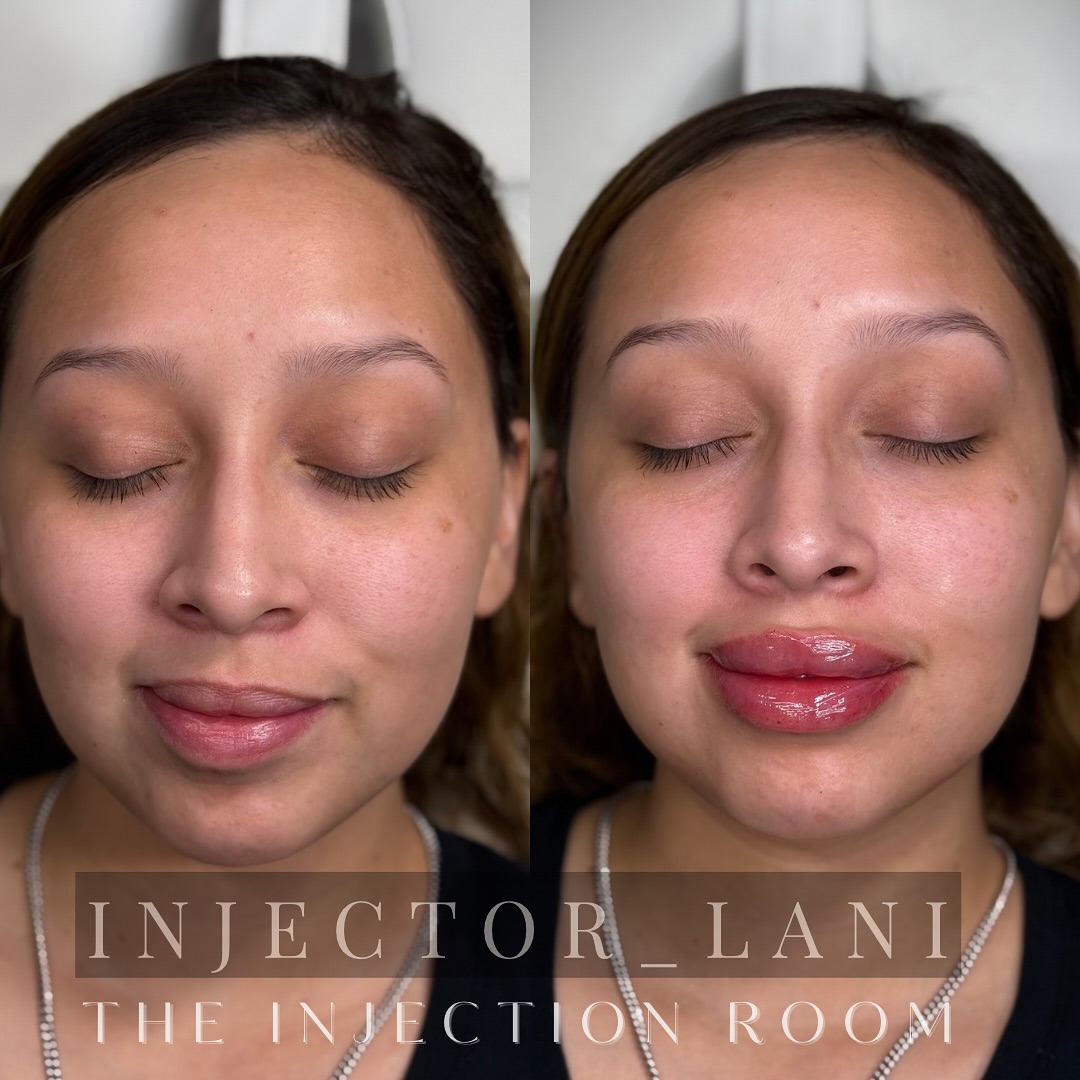
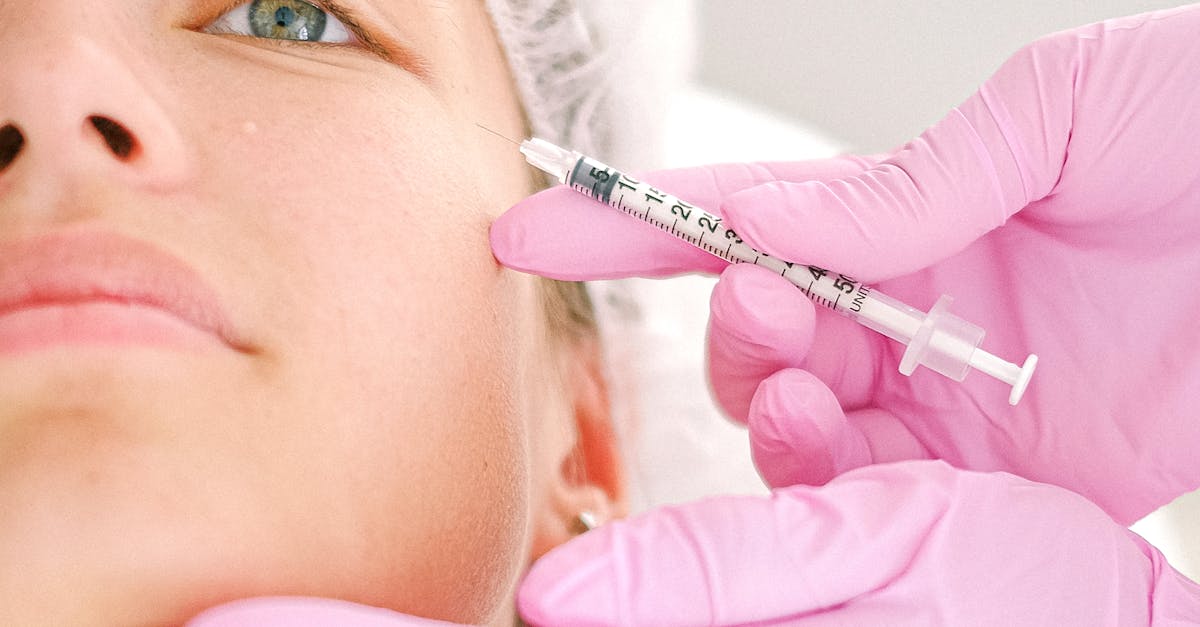

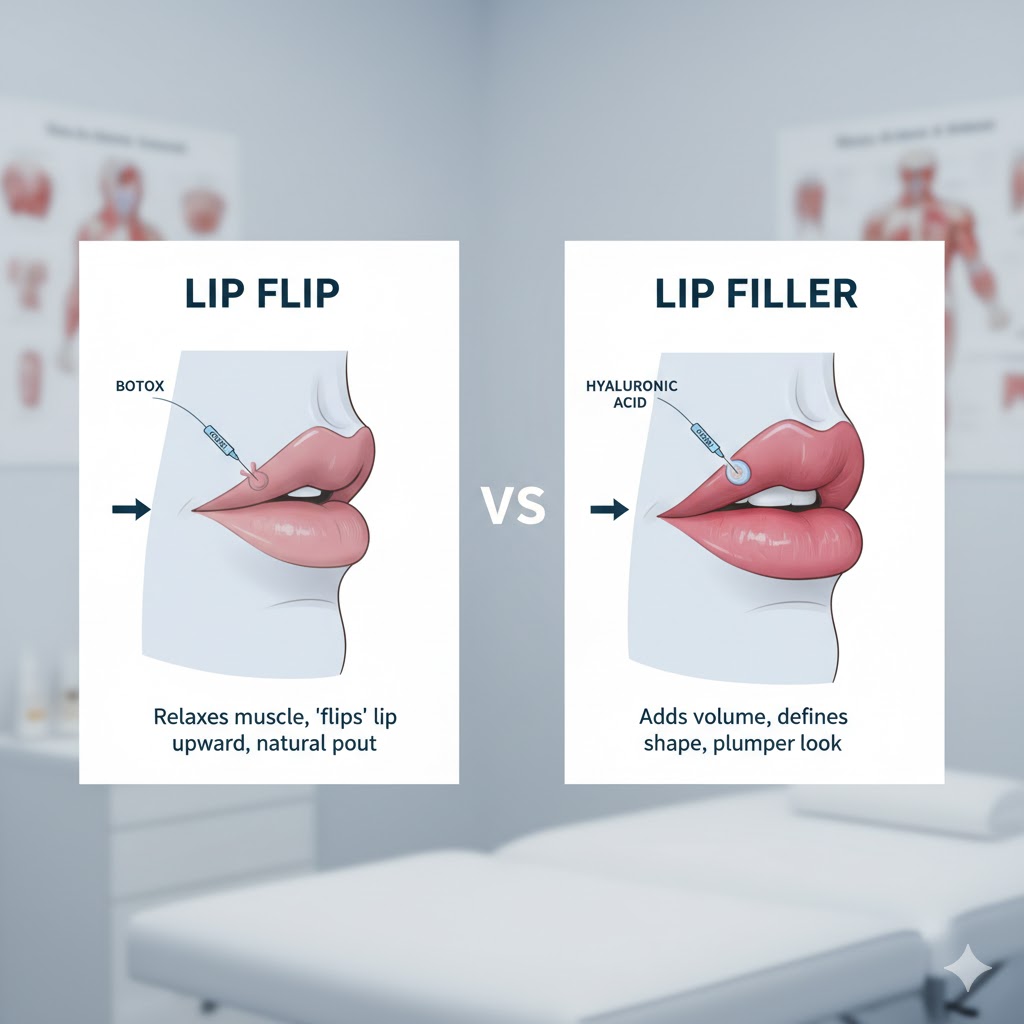
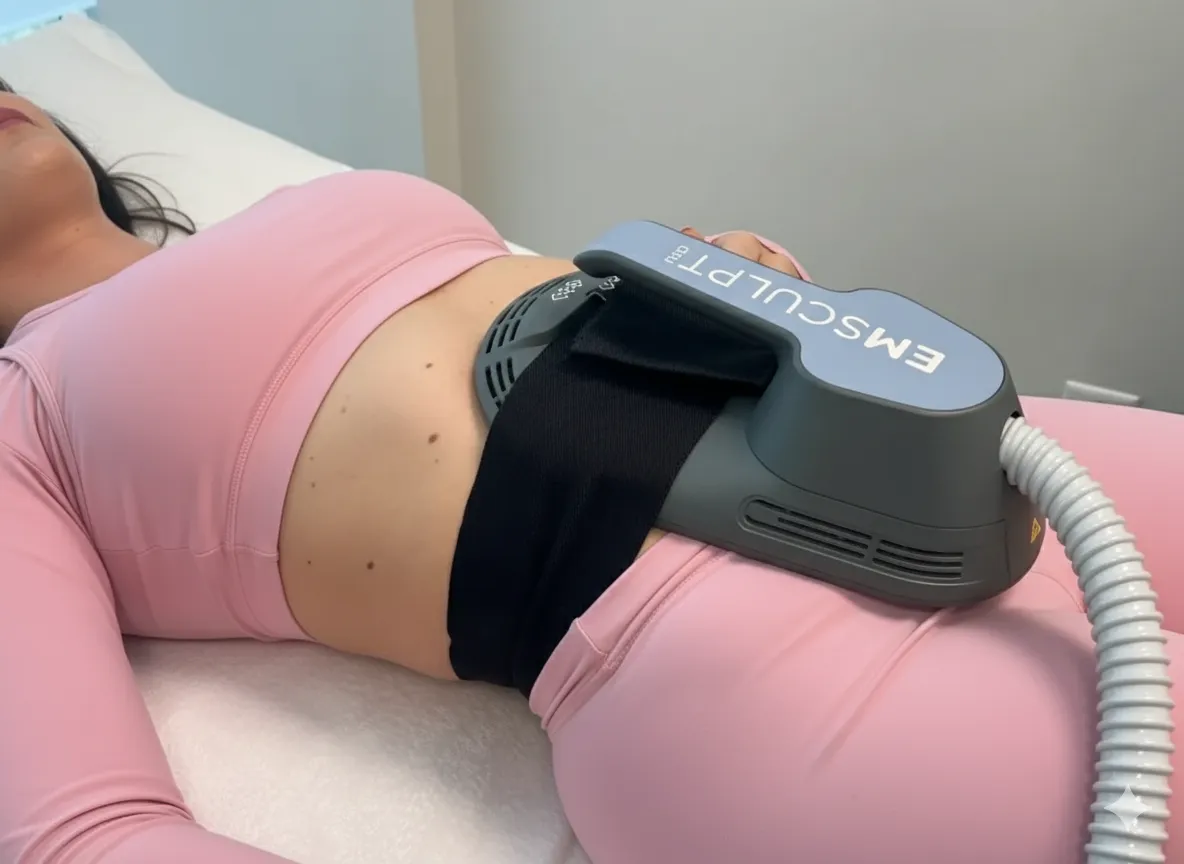
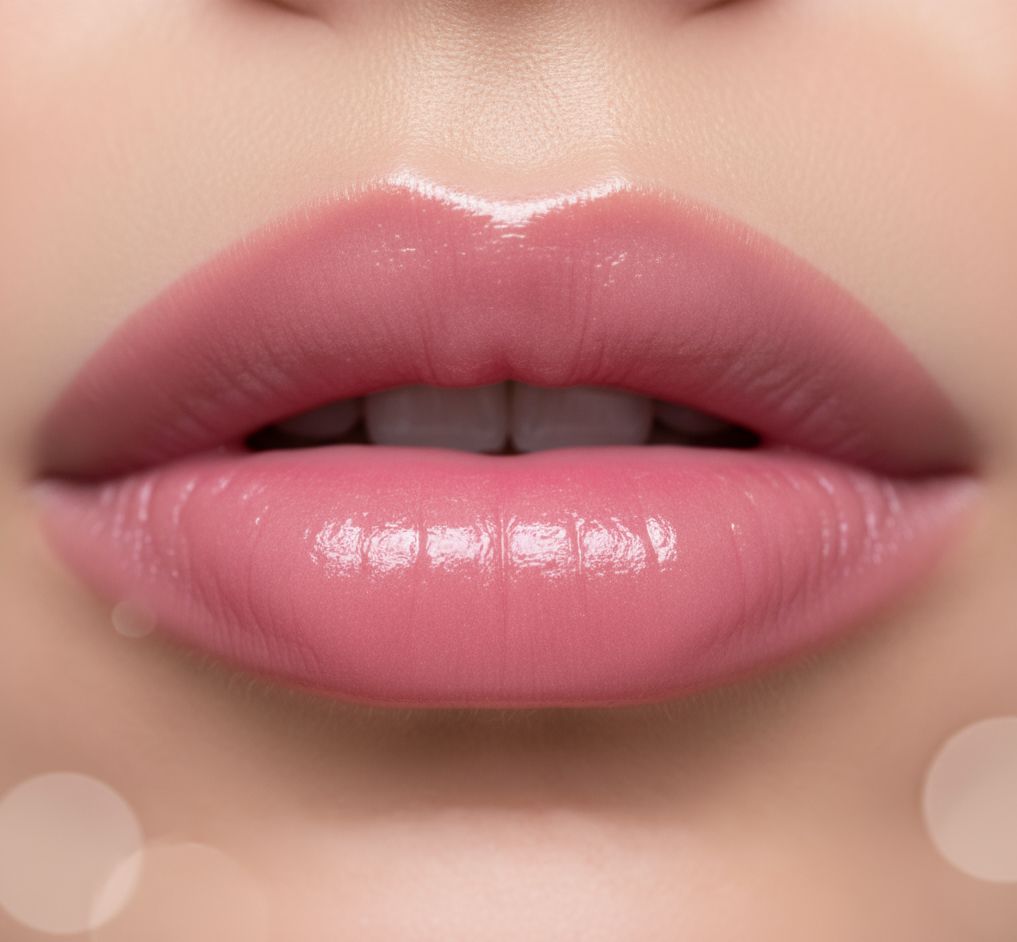
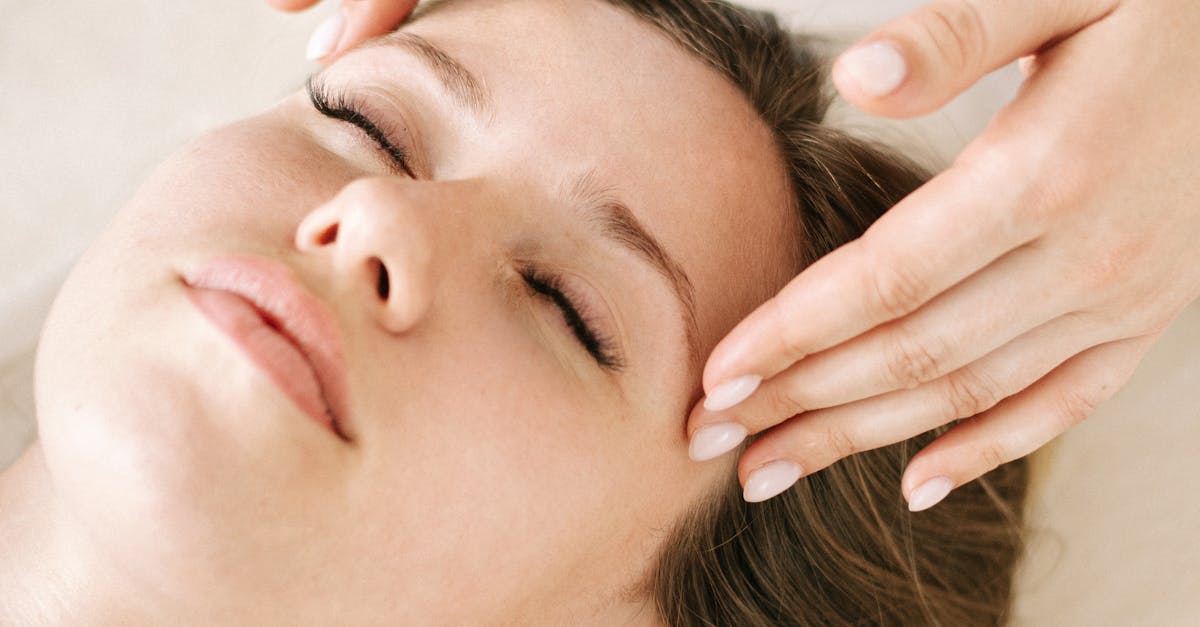
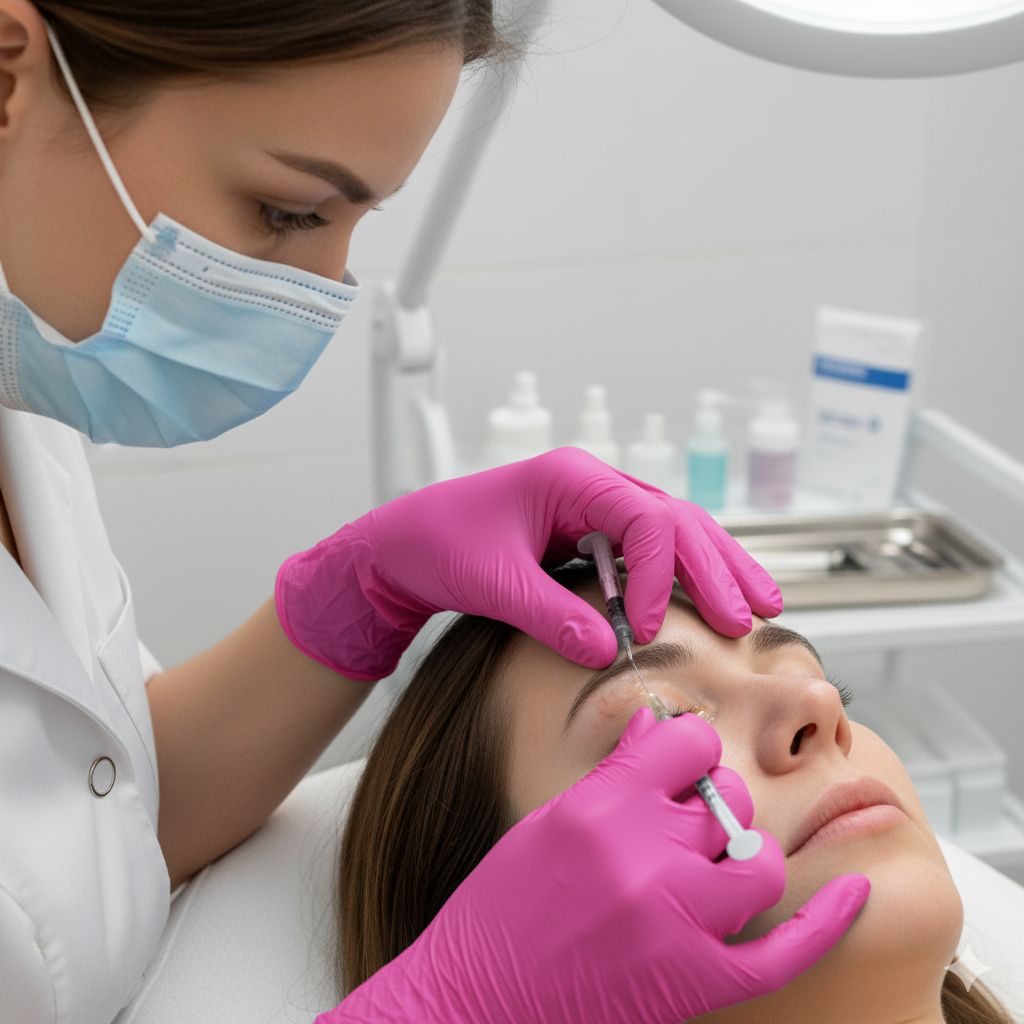
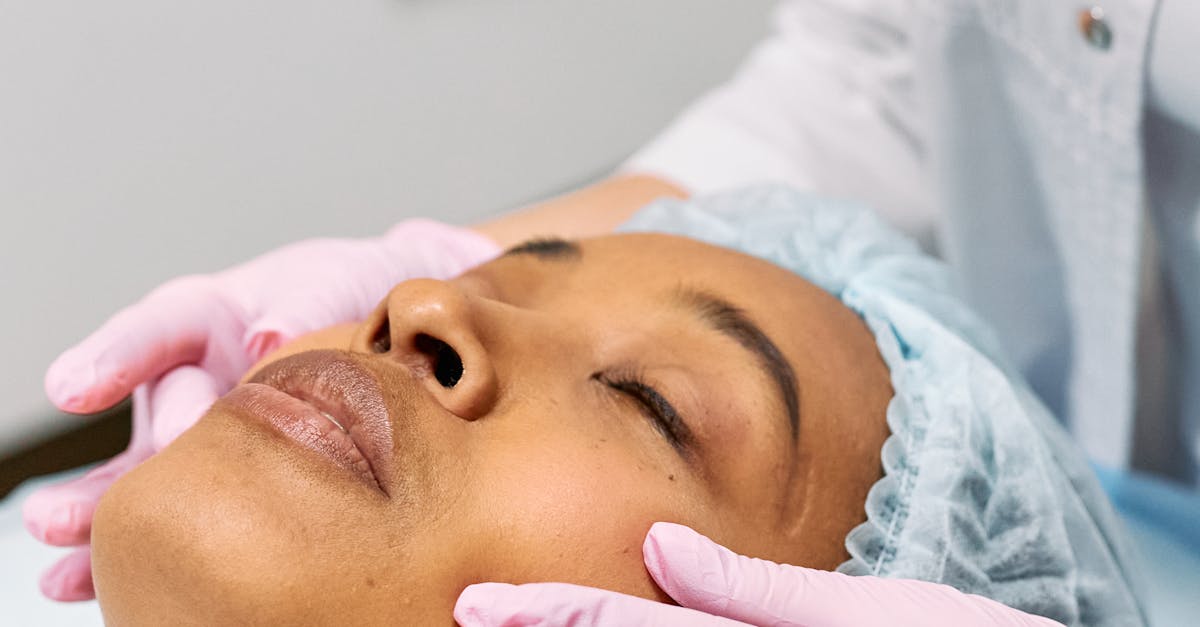

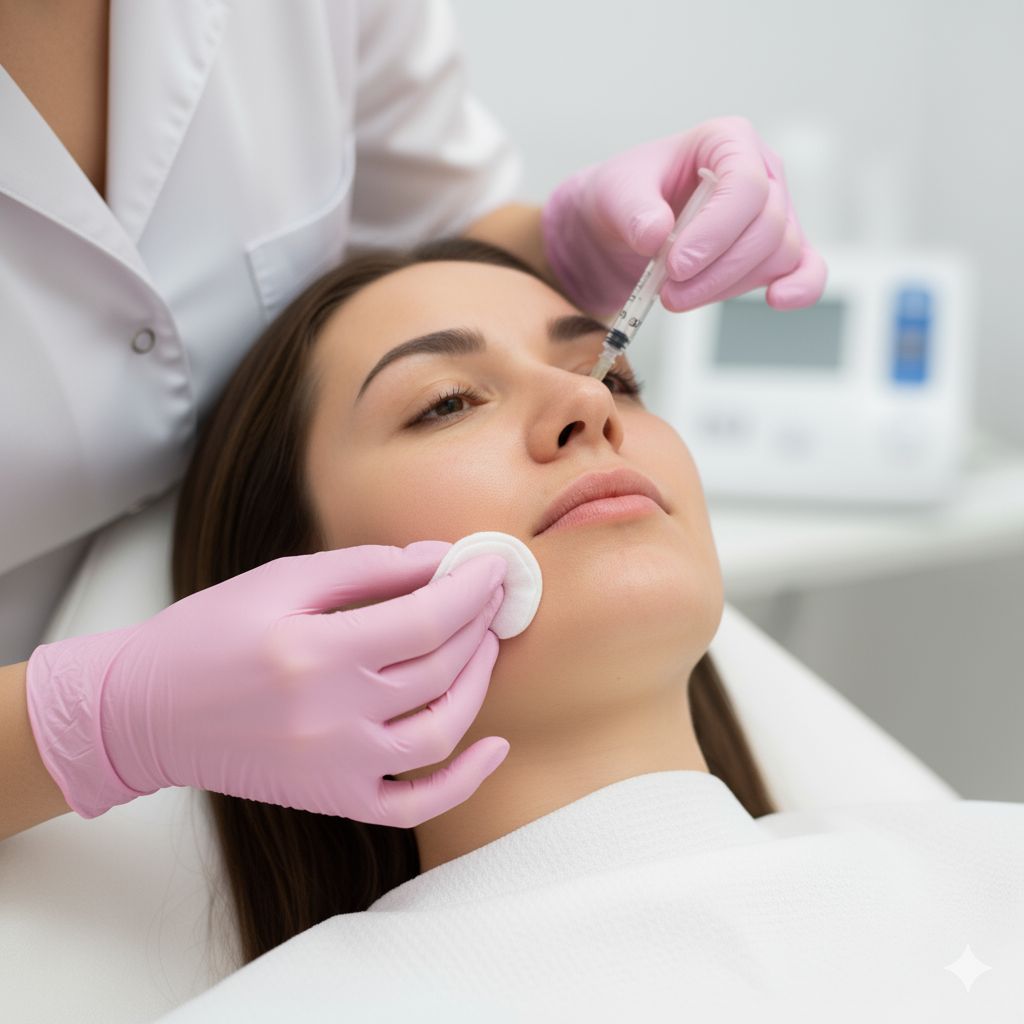
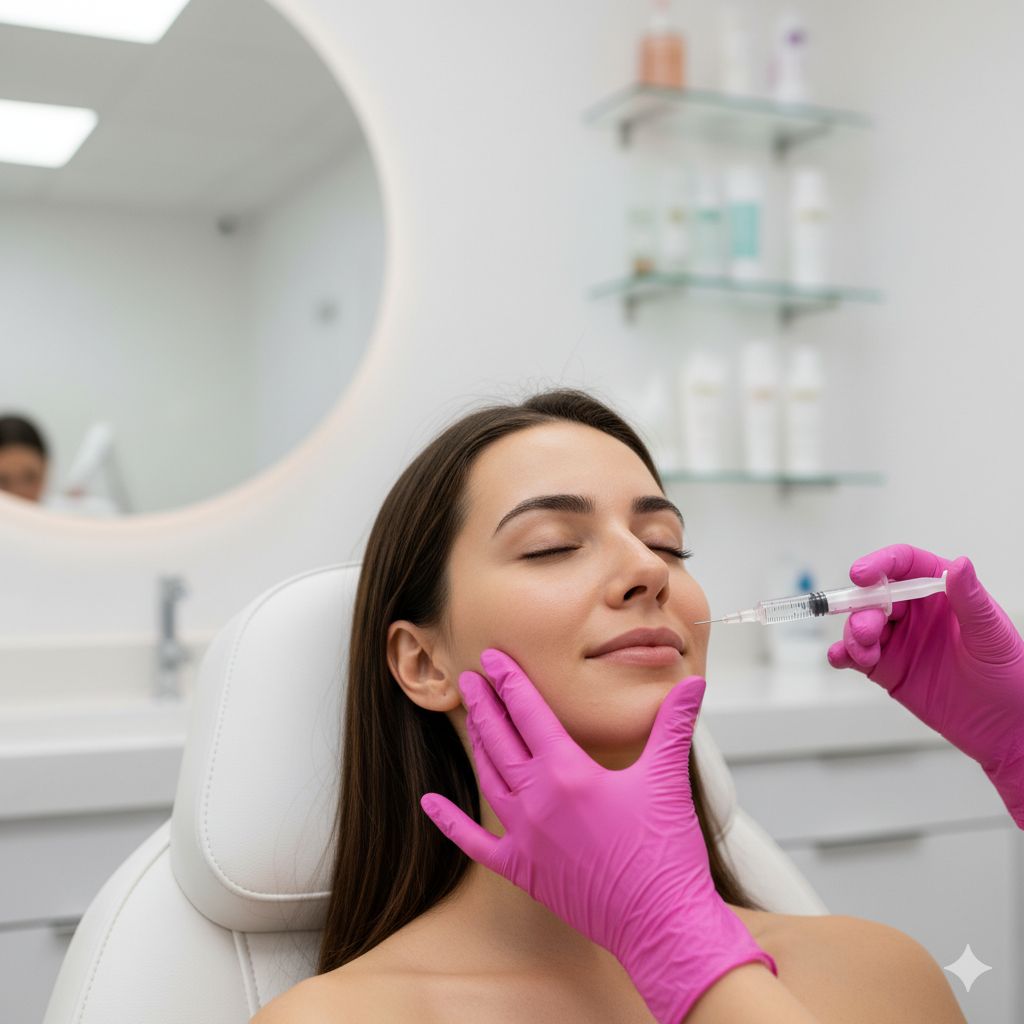
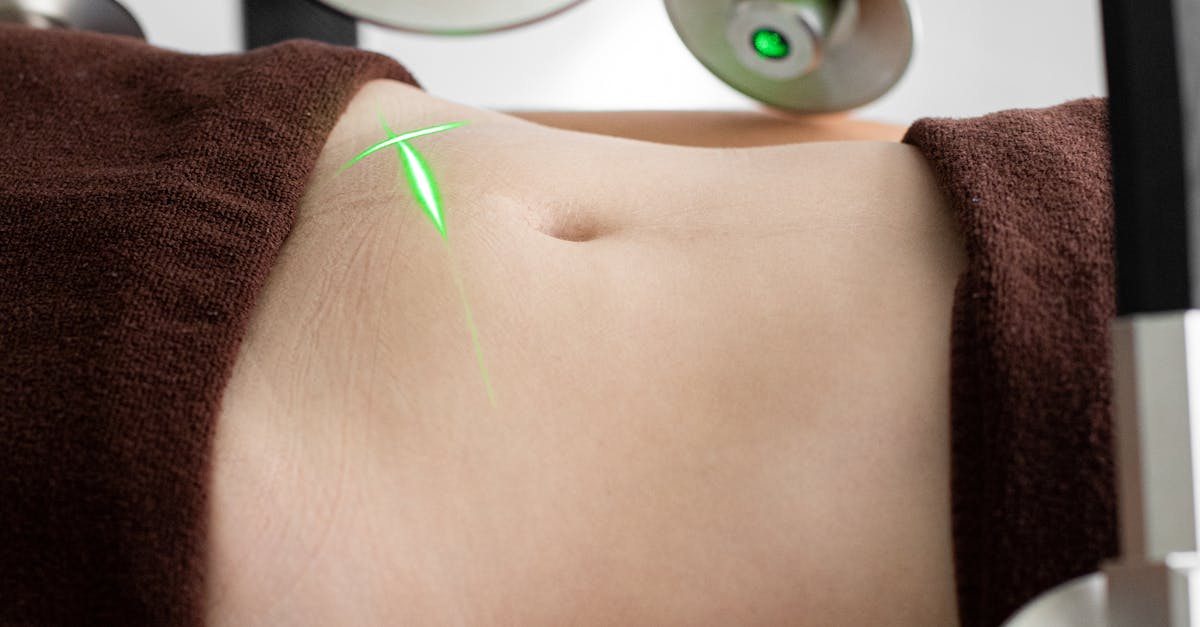

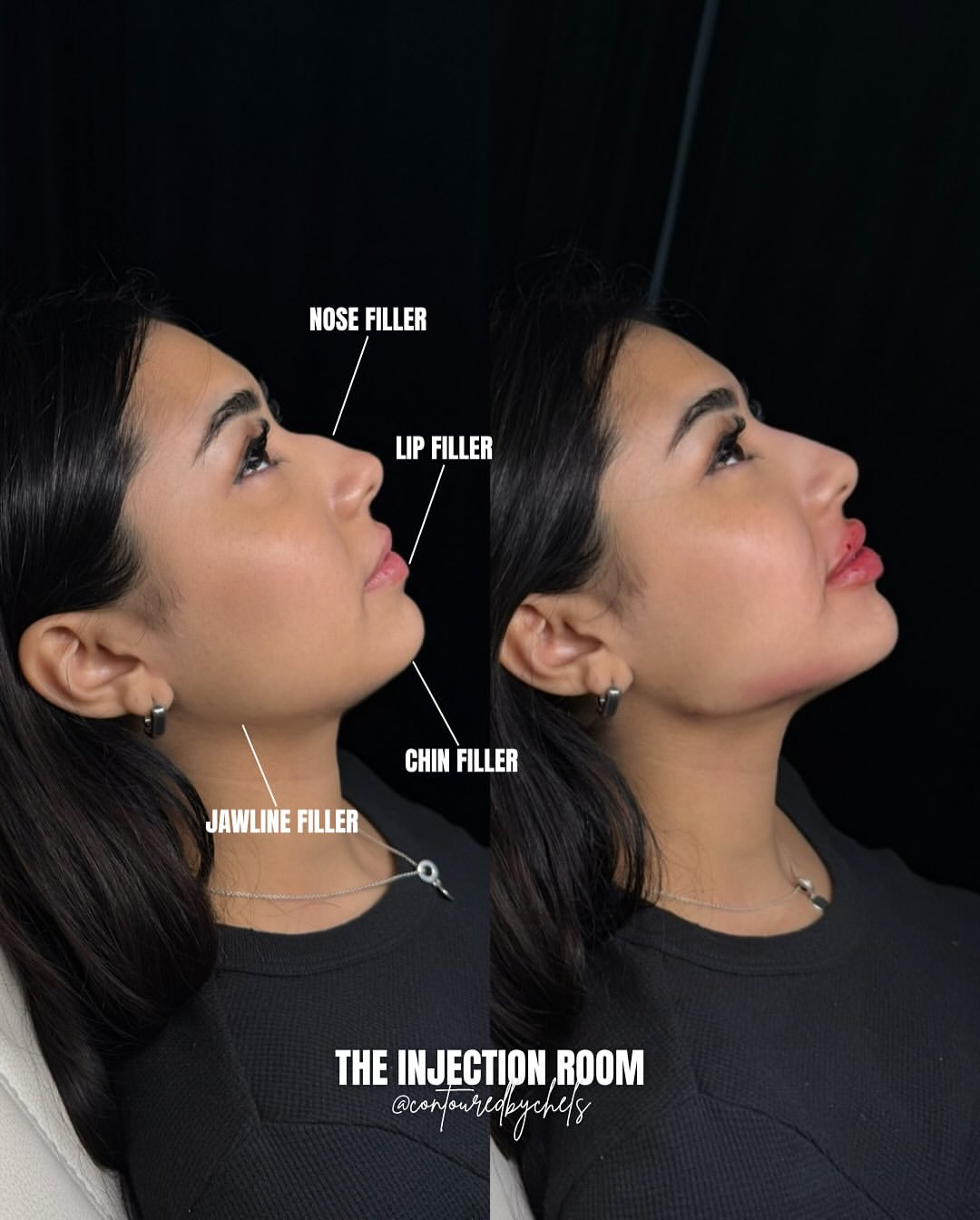
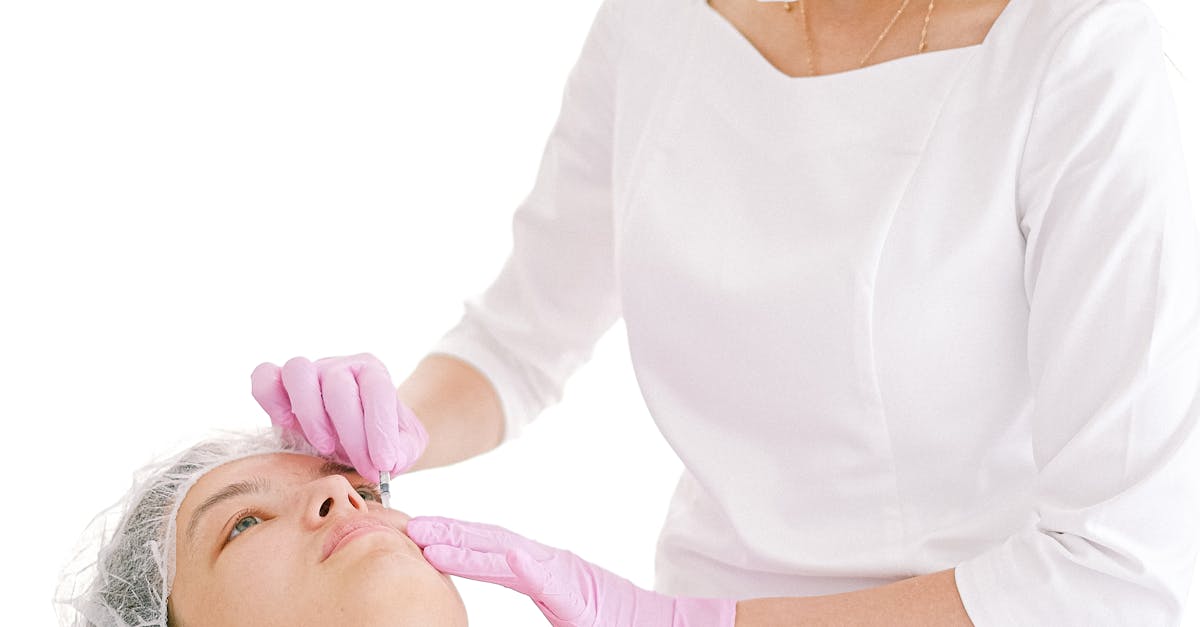
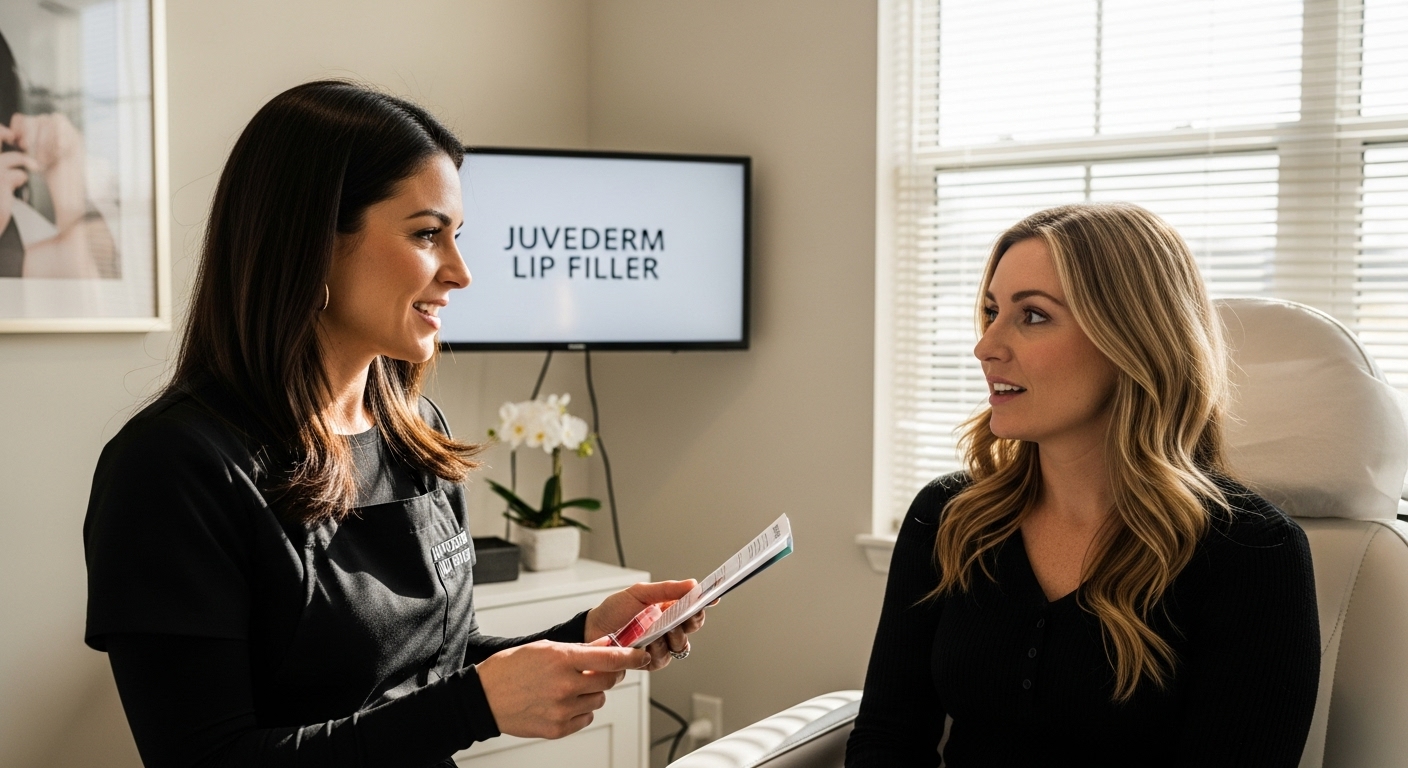


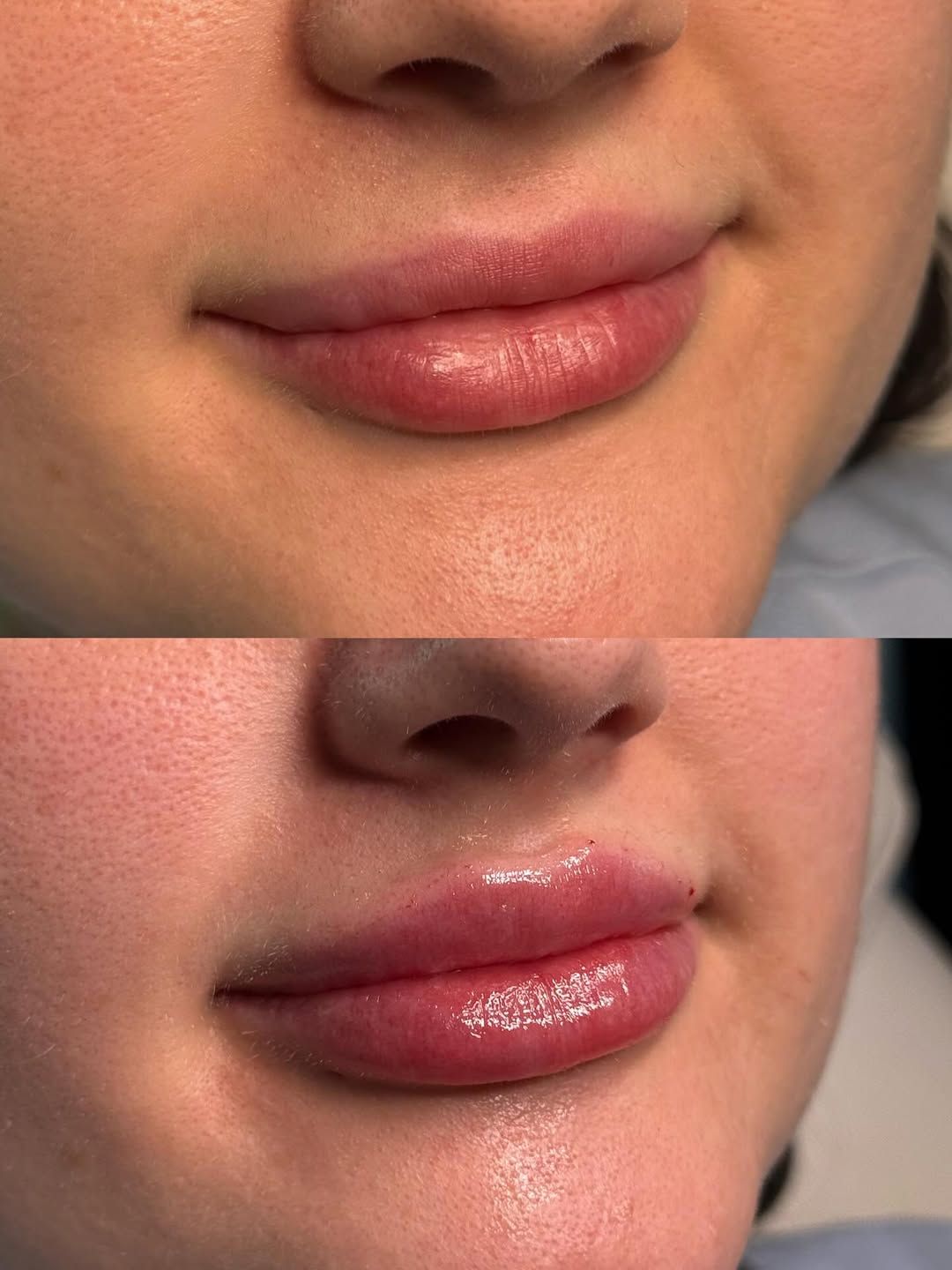
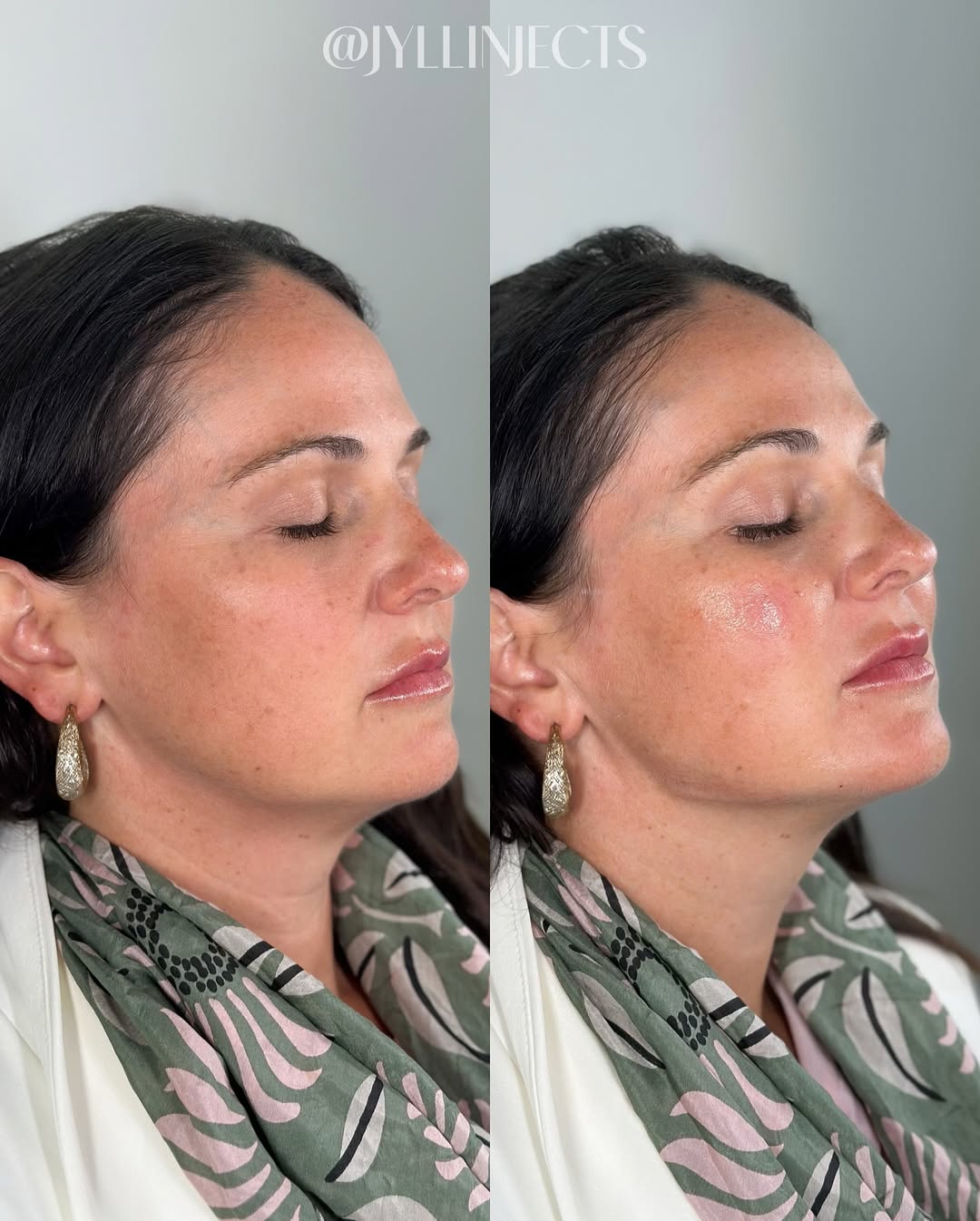
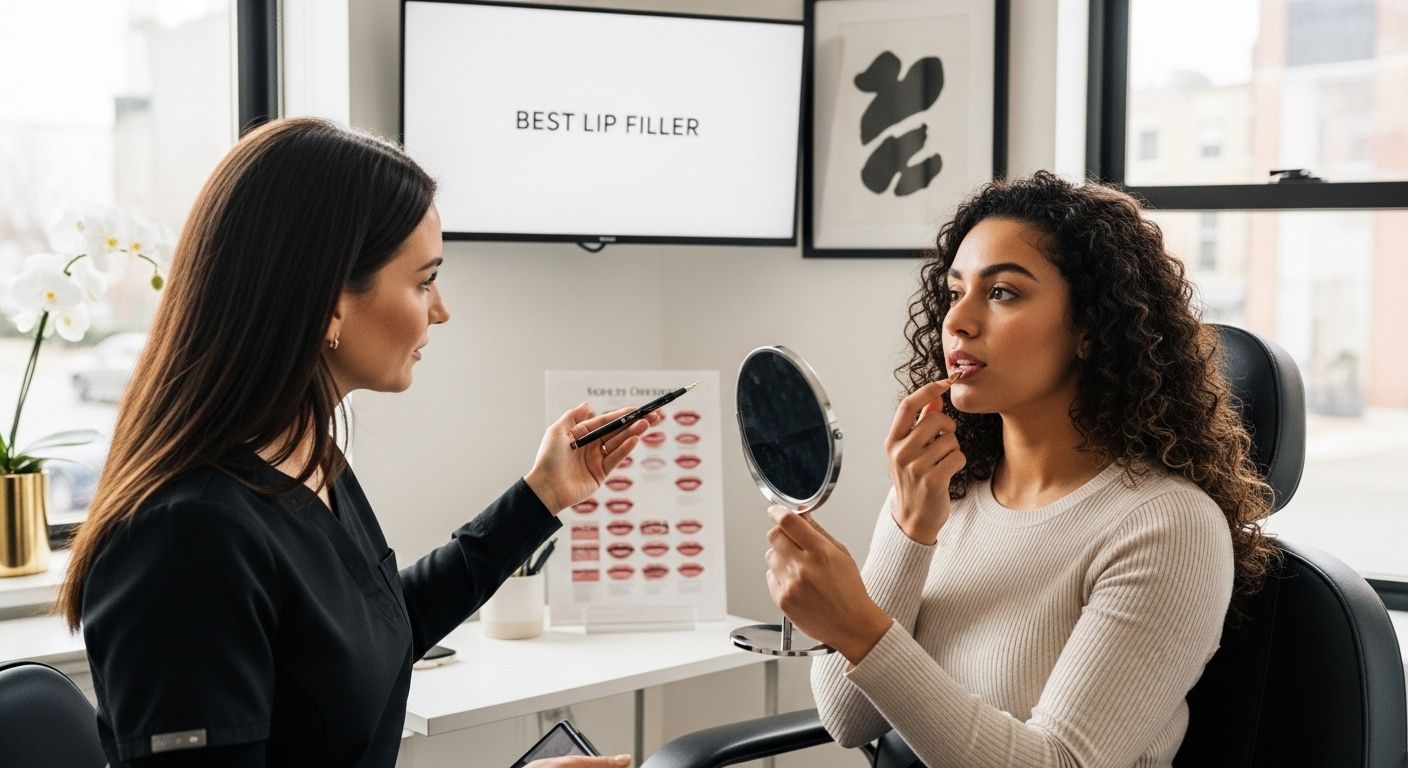
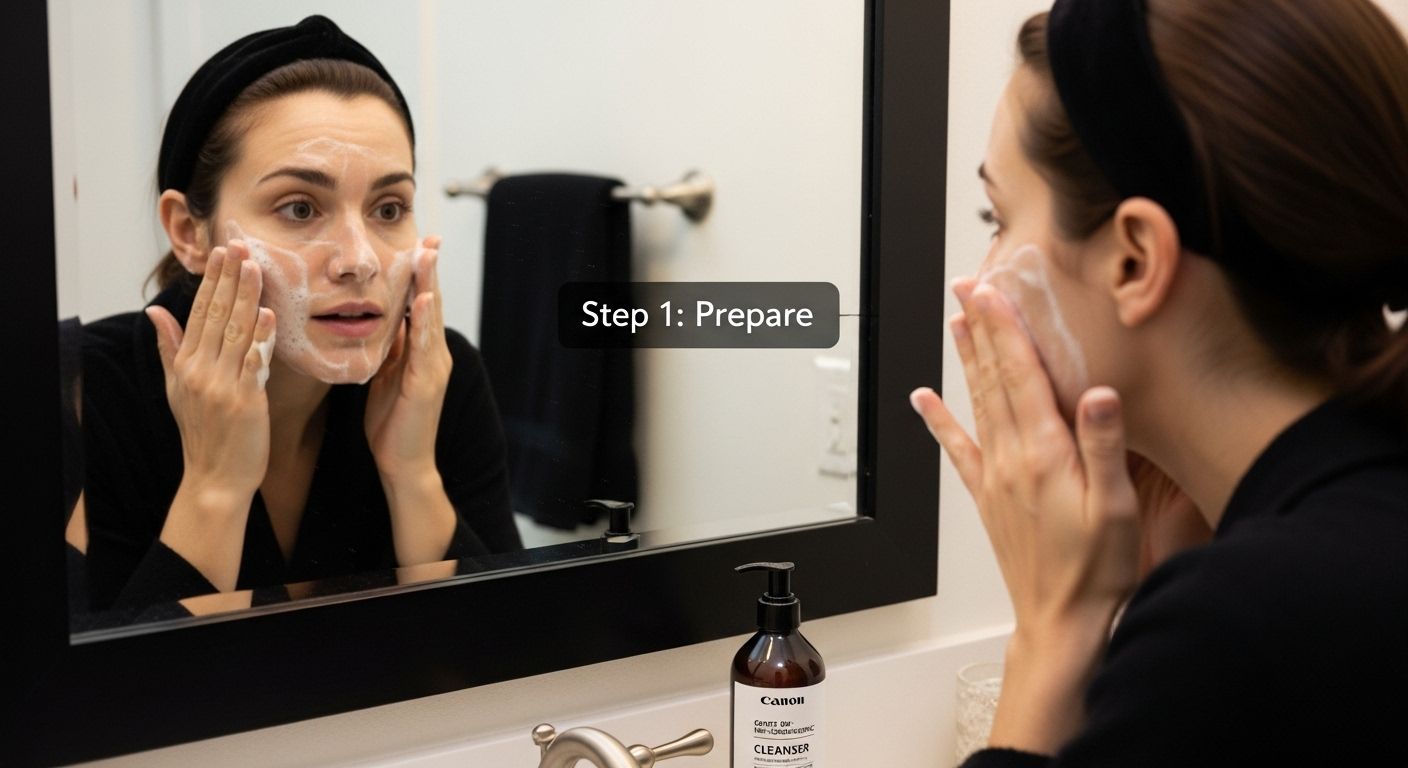
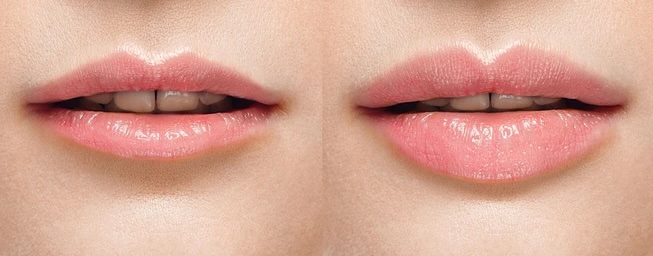

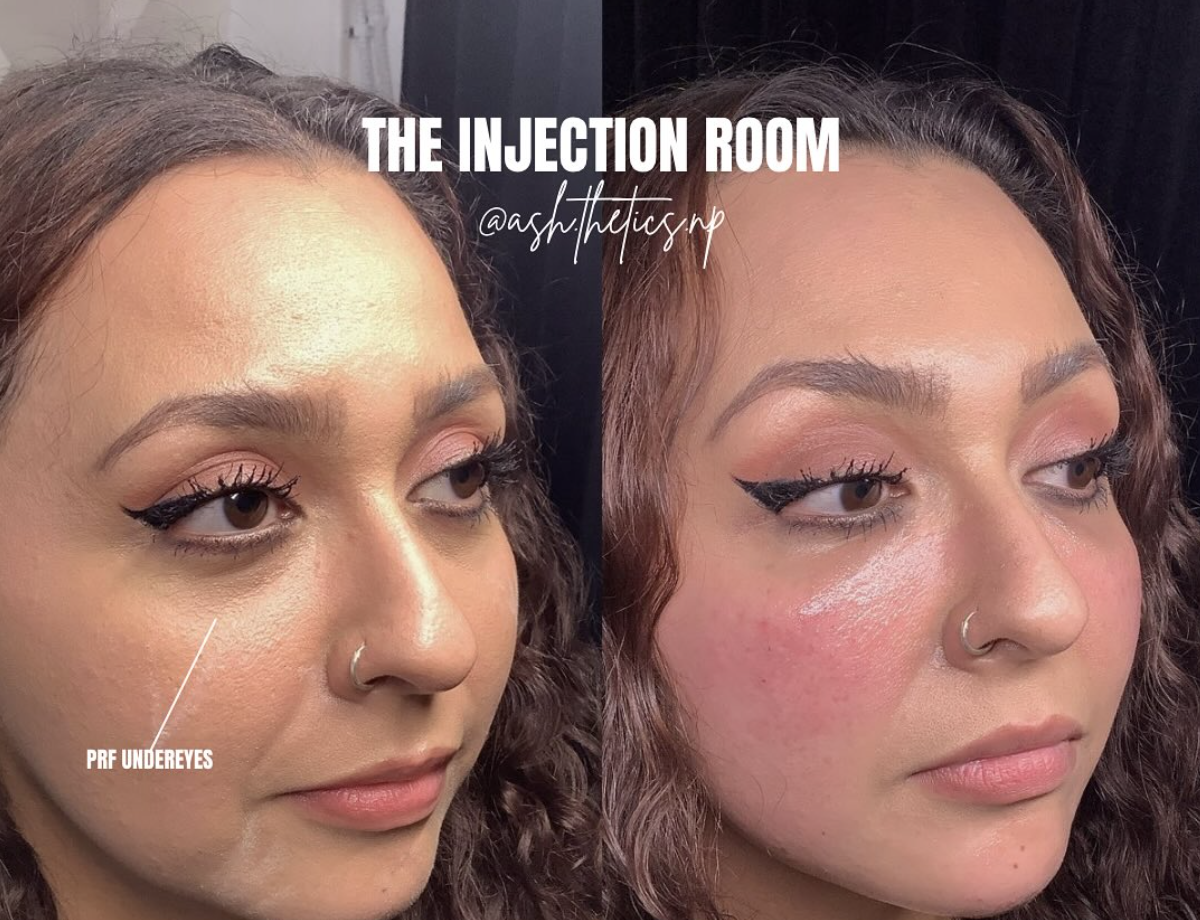
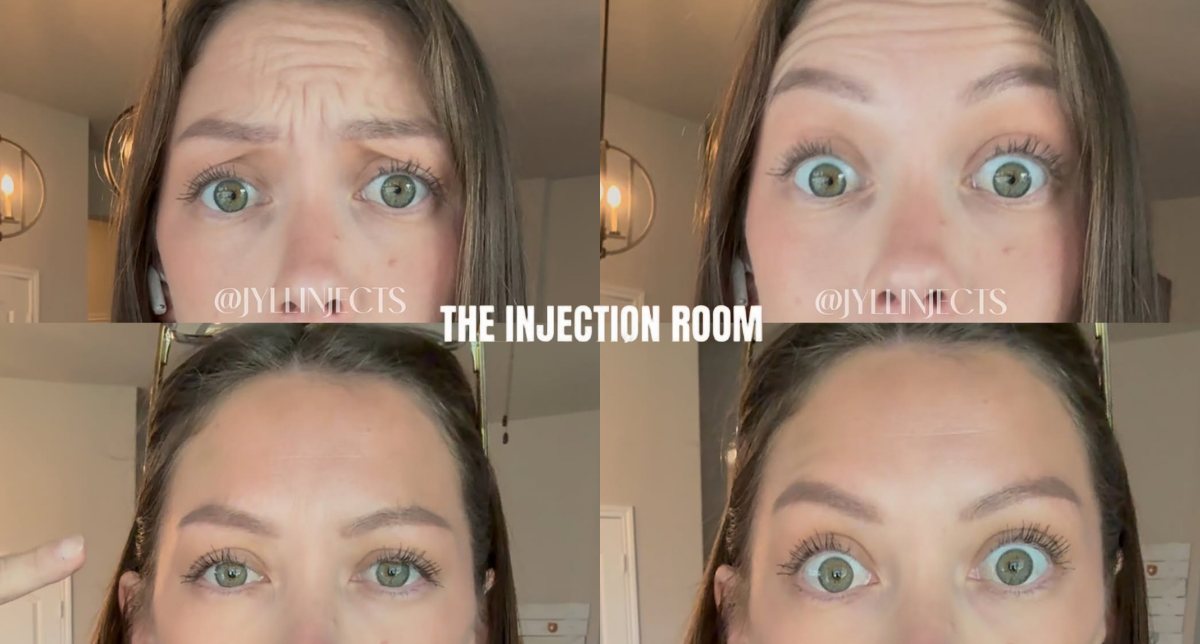


.jpeg)
.jpeg)
.webp)

.jpeg)











